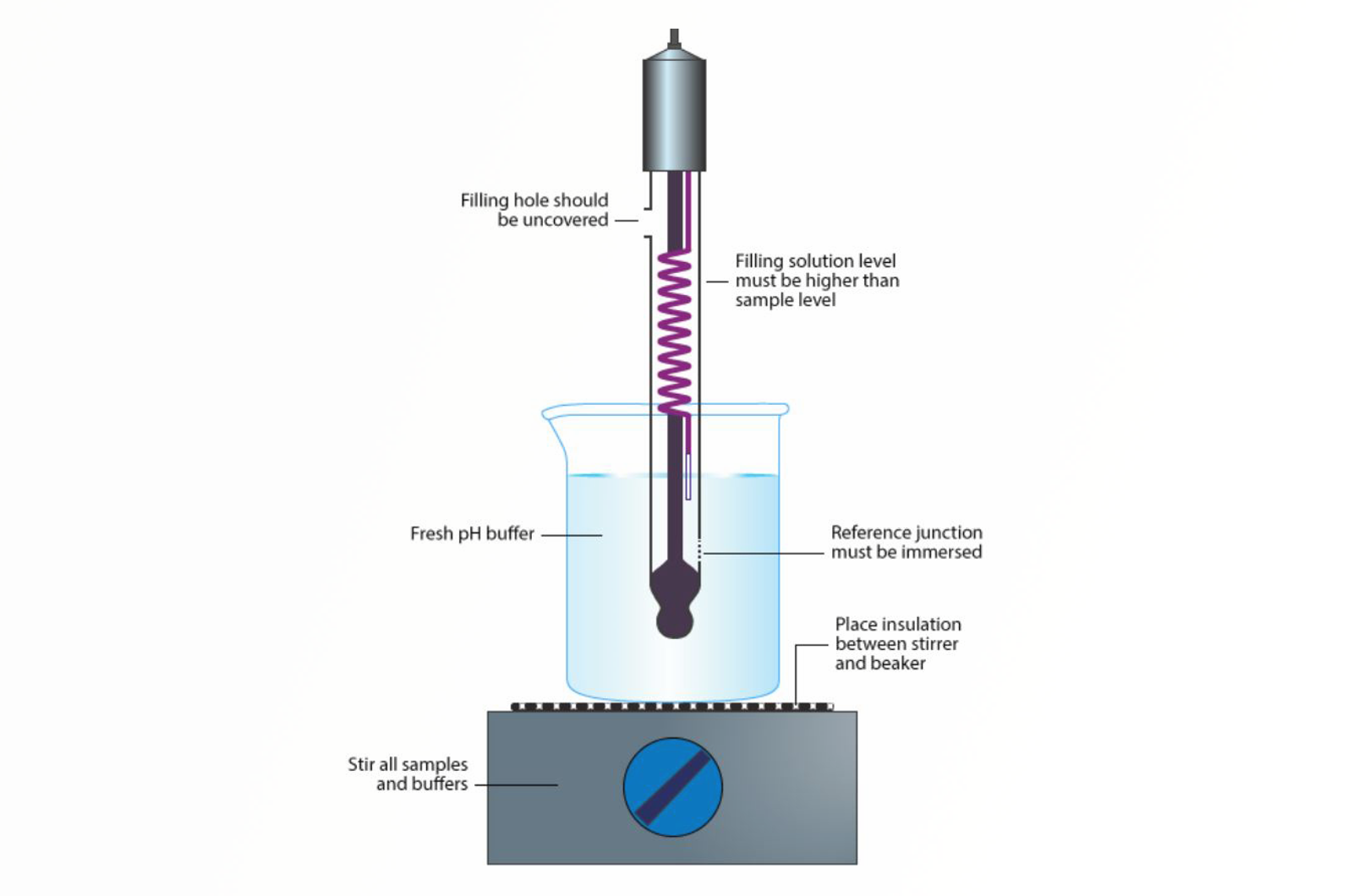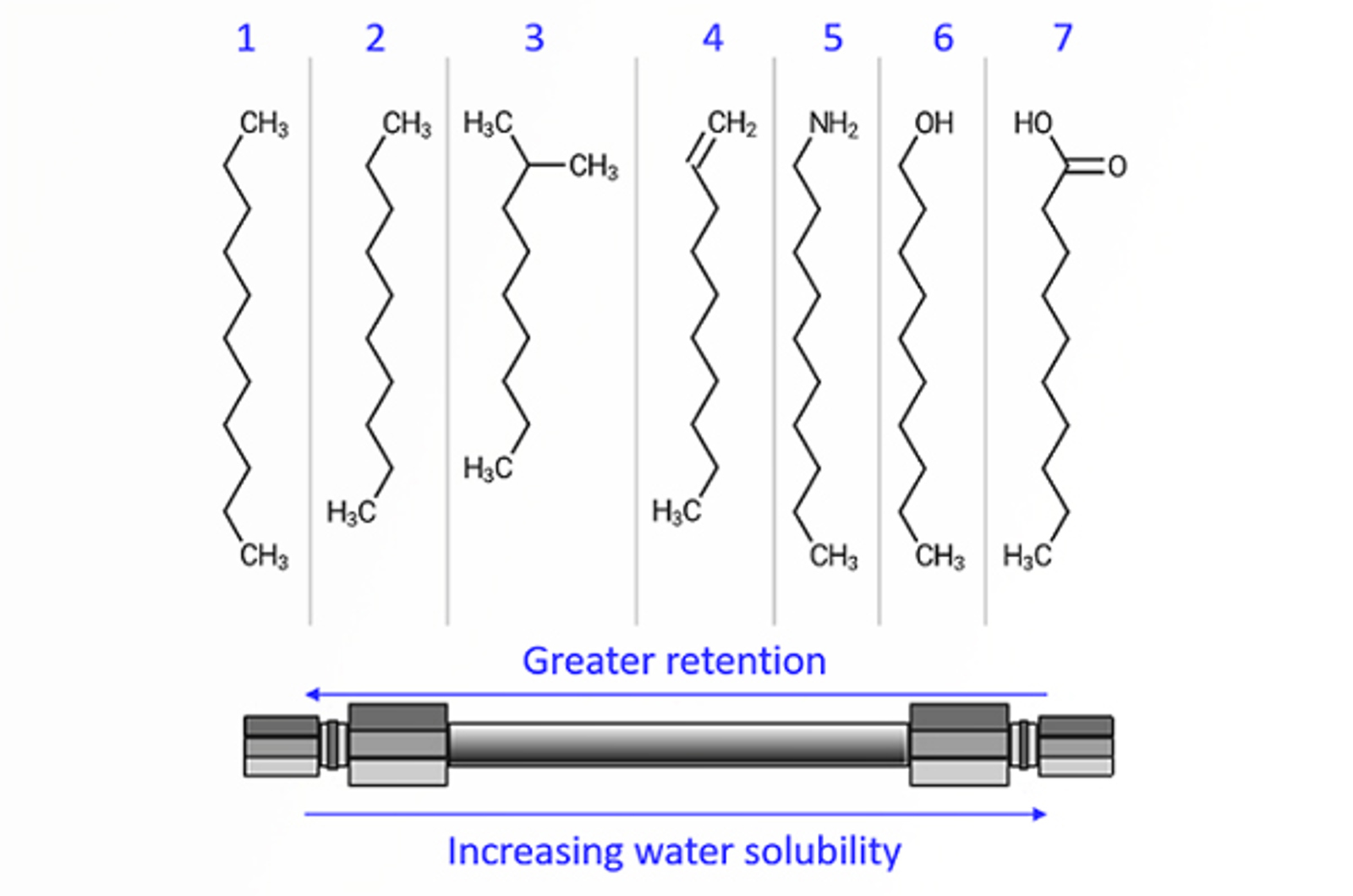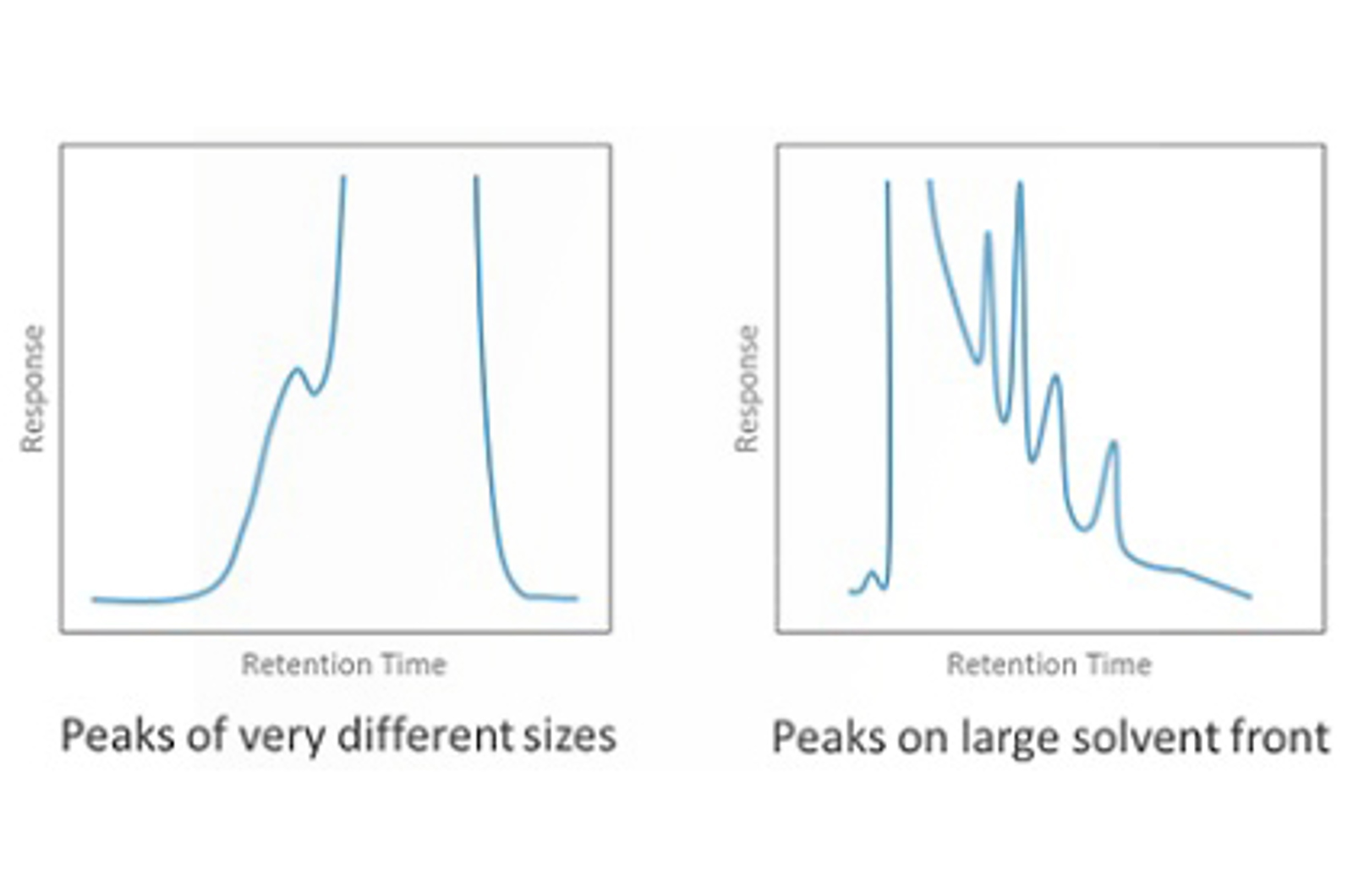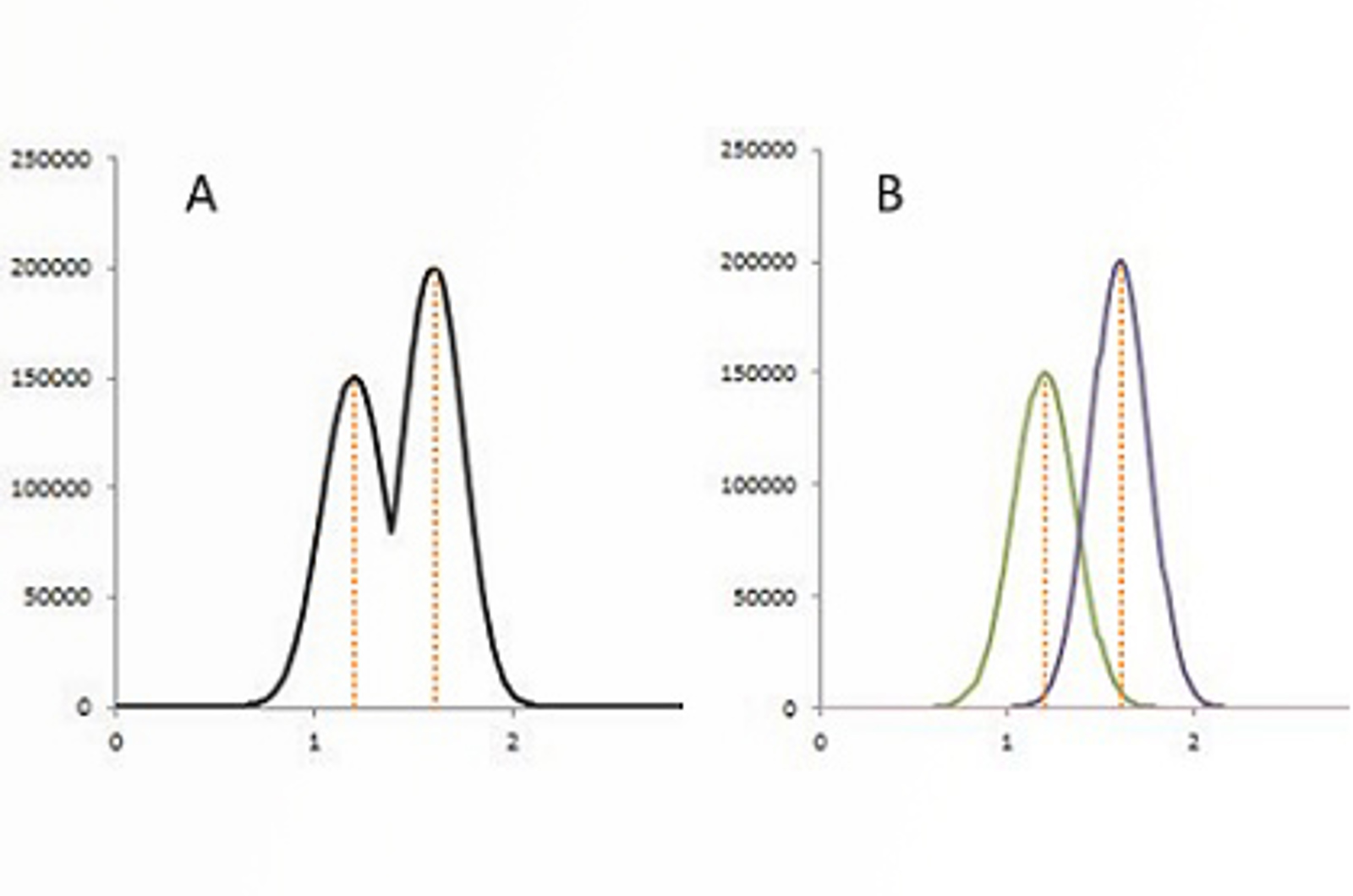New Recruit Training Course
This comprehensive training course has been designed to give new analysts all the skills they need from essential wet chemistry techniques, through to instrument setup, in-depth knowledge of the instrument components, and fundamental understanding of the scientific theory of separation science.
Designed to work alongside in-house, mentor-led training our course will provide consistent high quality knowledge while saving you time.
35 Modules 5 Webcasts 16 Quick Guides
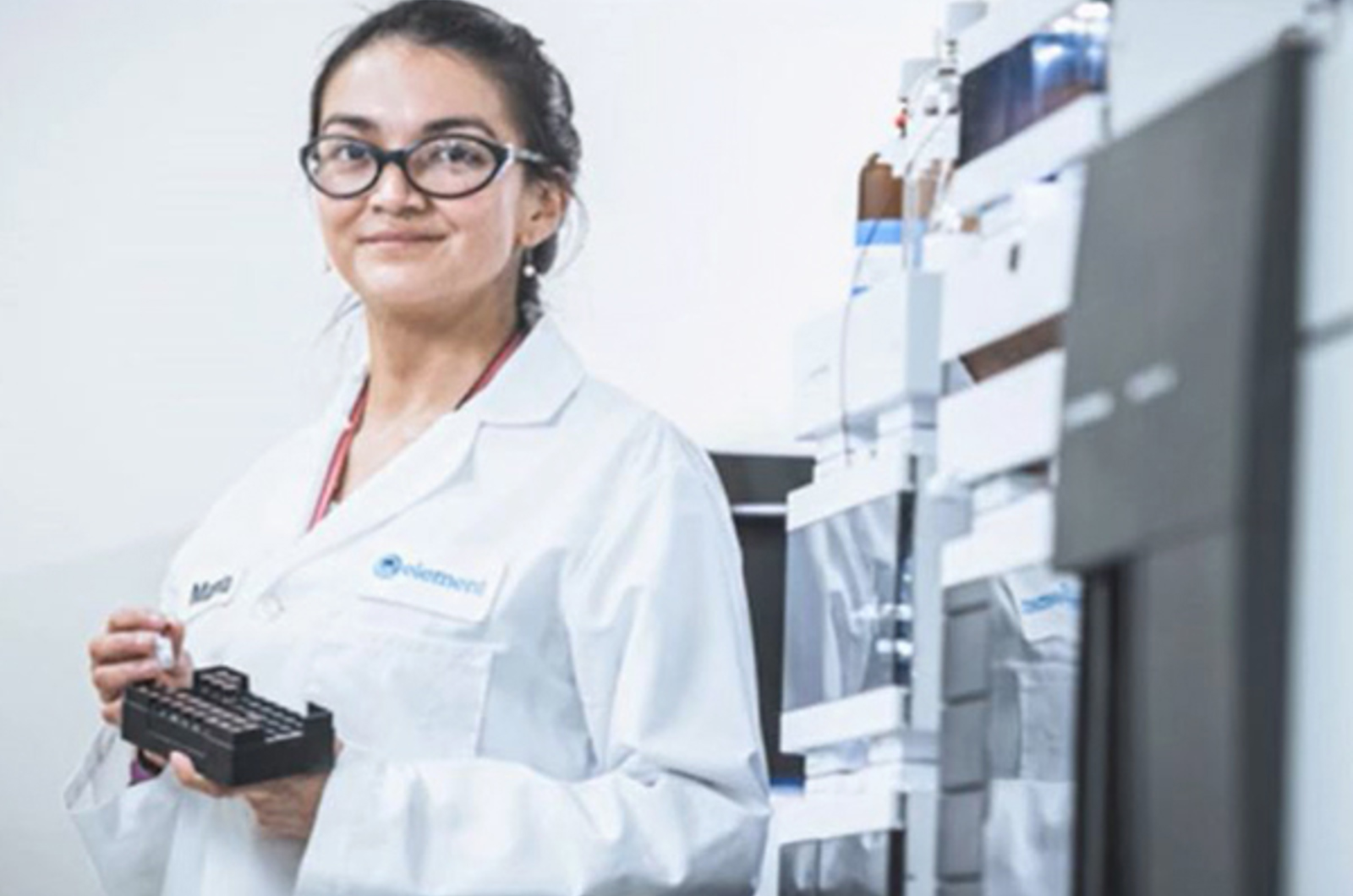
56 Items

Graduate to Analyst - What It Takes
This webcast will discuss the skills that are needed to be an analyst and why it is so important to ensure that everyone has proper training in these skills. The options we have for training staff – mentor led, face to face, or online – and how to successfully combine these to minimize training time but get maximum results will be discussed.

Fundamental Chemistry
This module provides a fundamental understanding of chemistry to give chromatographers better insight into the chemical process which occur during sample preparation and chromatographic separation.
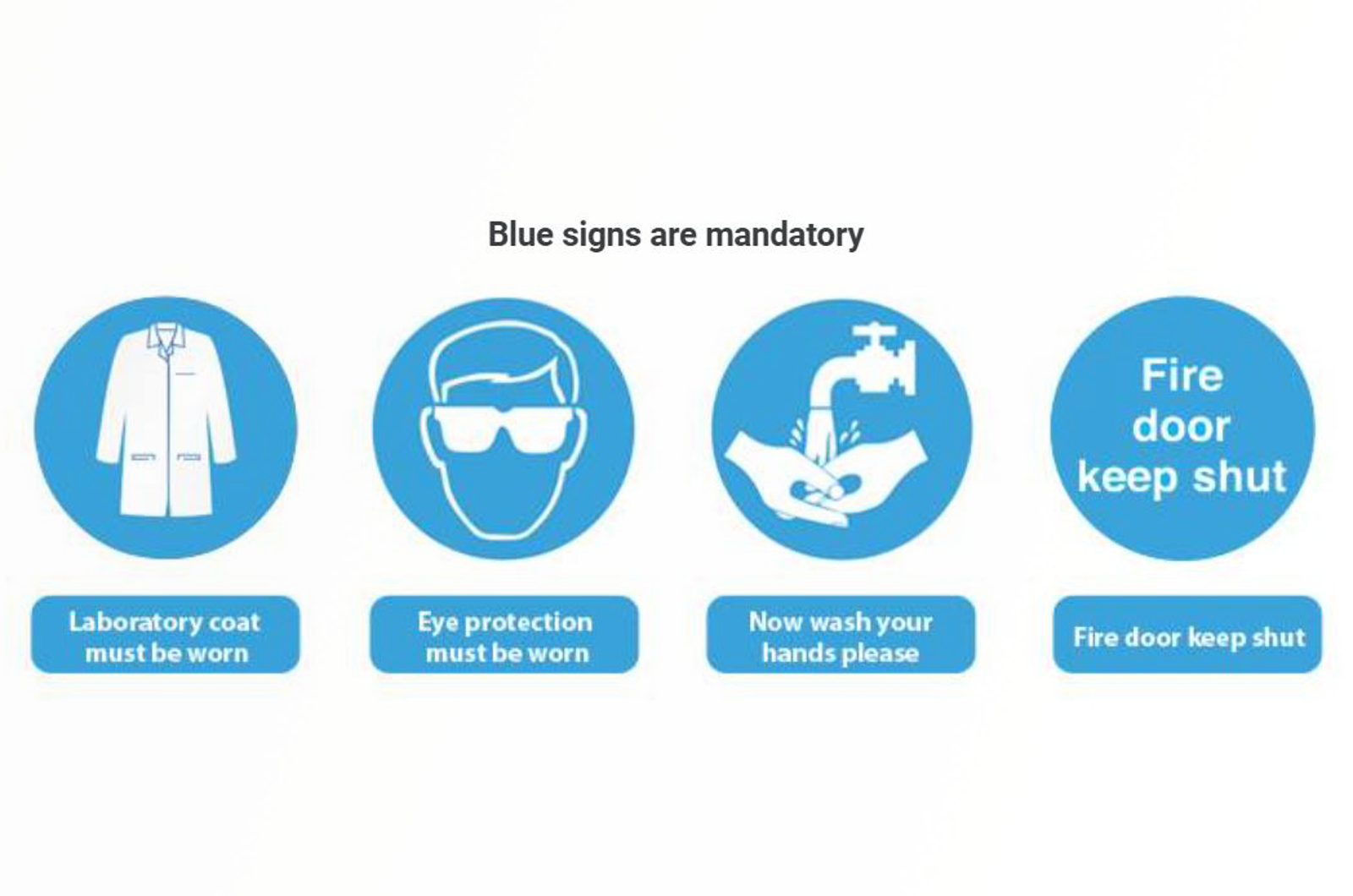
Laboratory Safety
This module will detail some common safety measures that relate to all laboratories.

Calculations 1 - Units and Unit Conversions
In this module we cover the common scientific units used, conversion between these units, and how we use these units in the practical preparation of common reagents.
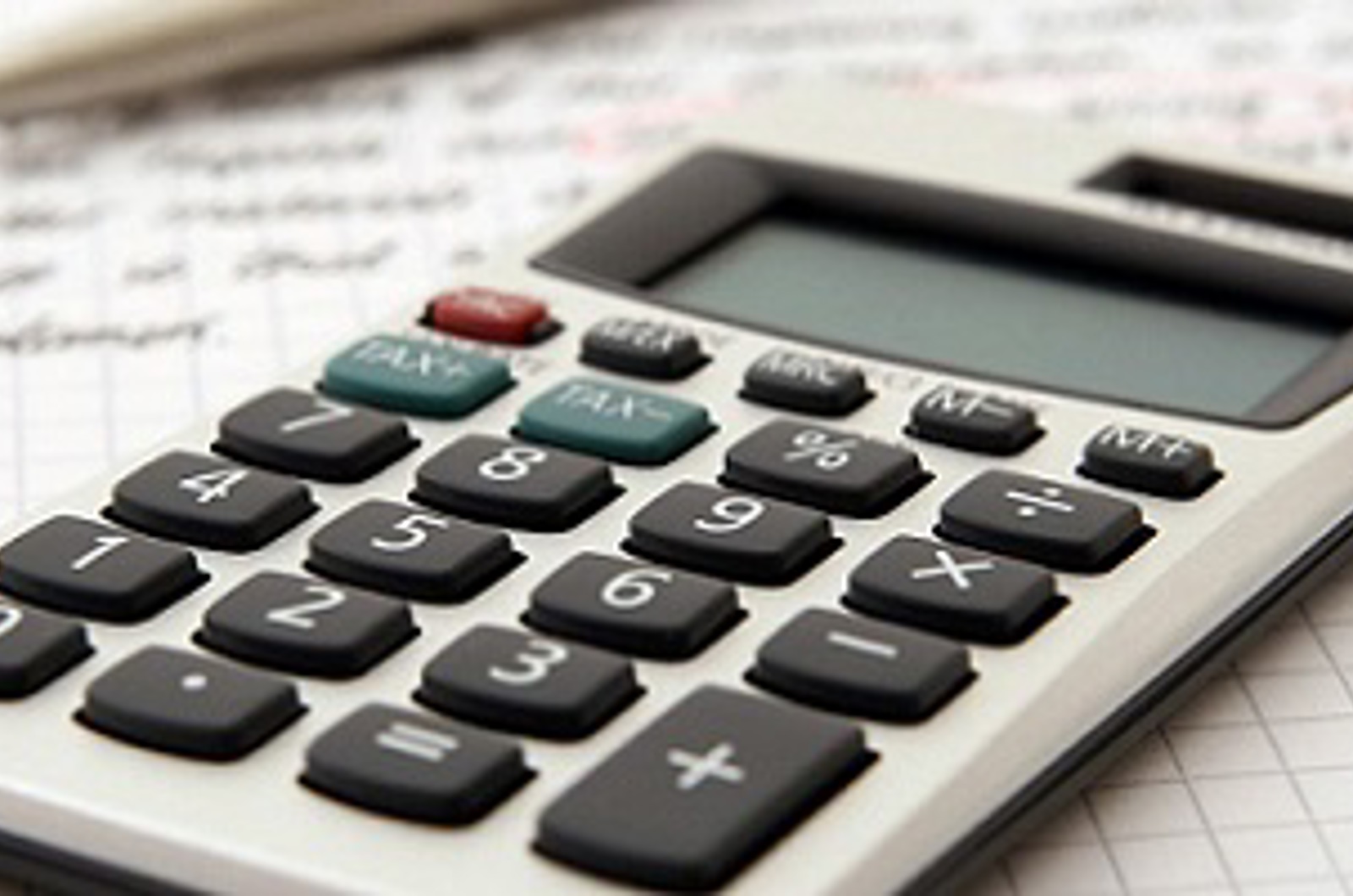
Calculations 2 - Basic Result Calculations
This module will consider the basic calculations required for reporting results.
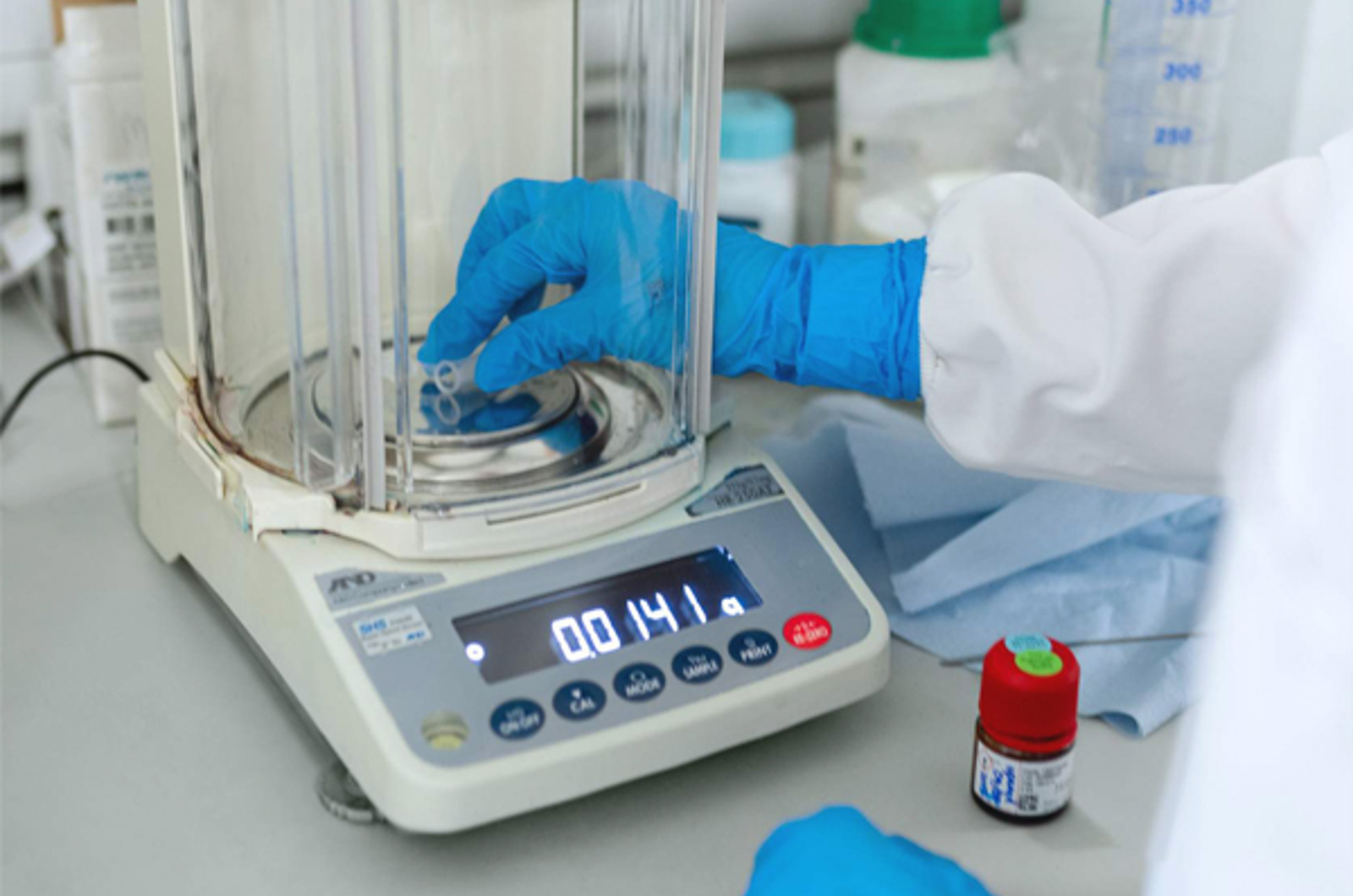
Balances
This module focuses on the use of balances in the lab and discusses best practice on their use.
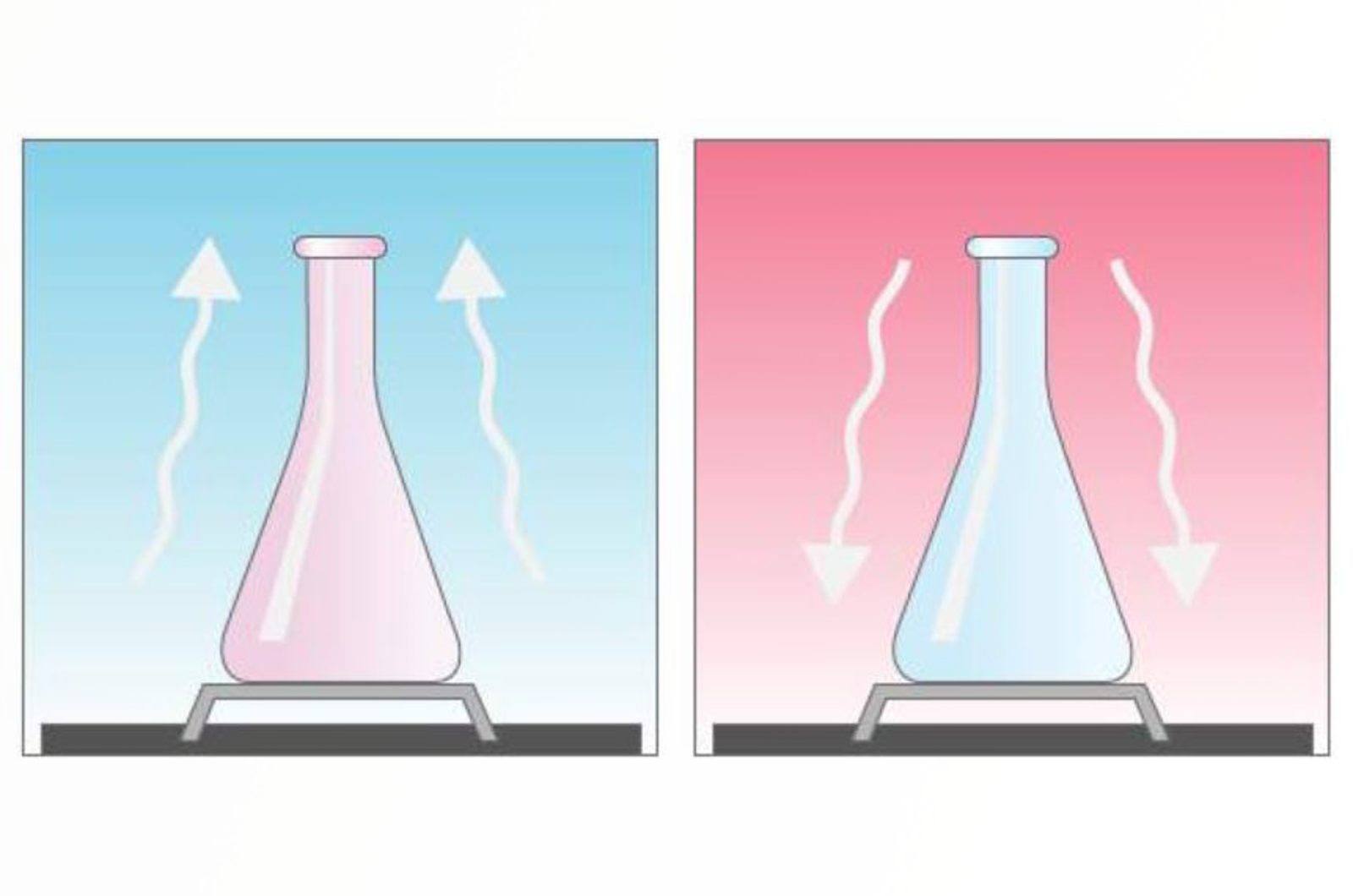
10 Questions We Have Been Asked About Balances
Here are 10 questions that we have been asked about balances that will provide information on how to look after your balance better and give tips on good weighing practice.
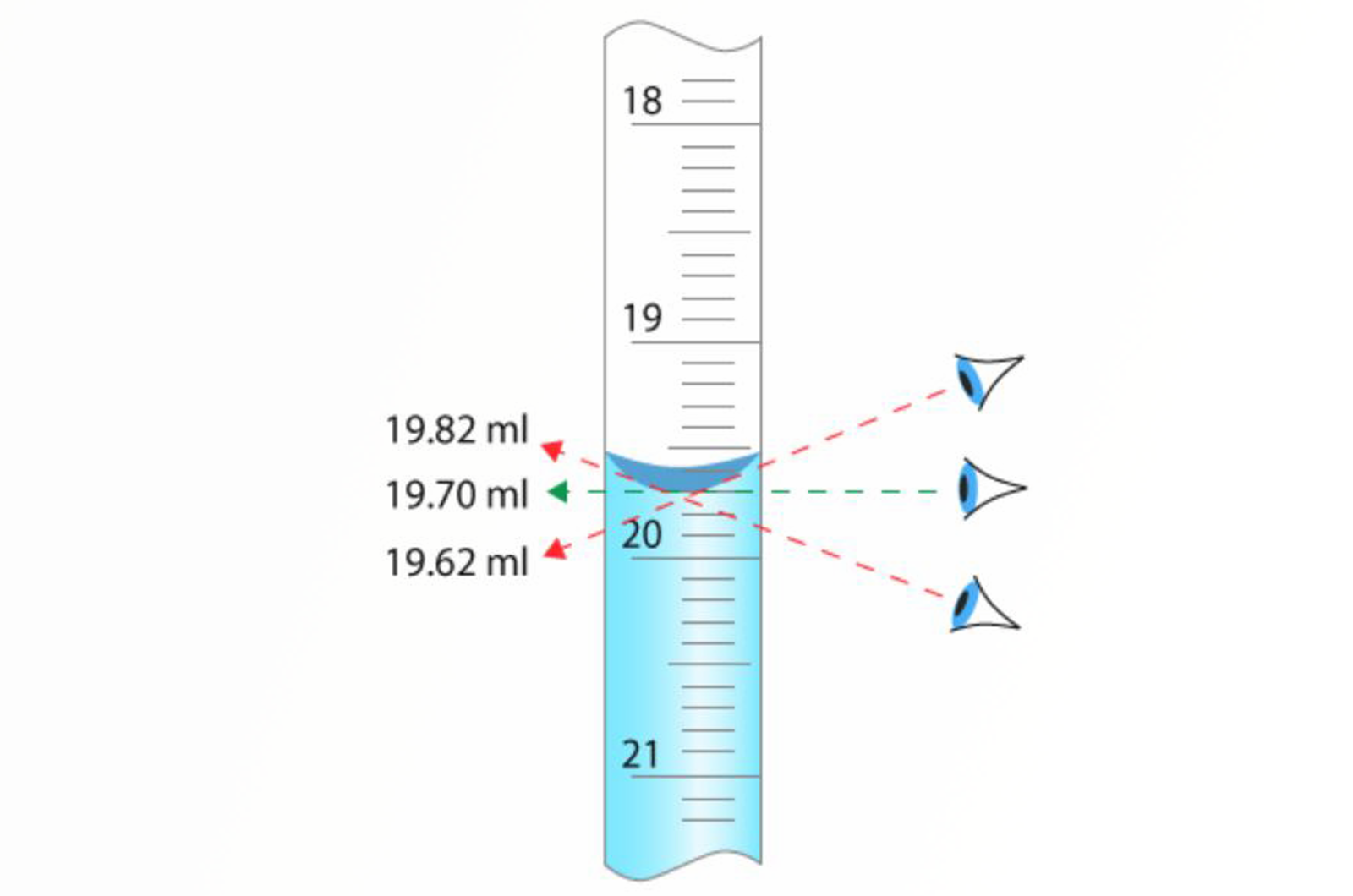
Volumetric Lab Equipment
This module will discuss the different types of volumetric lab equipment and how each piece should be used correctly.
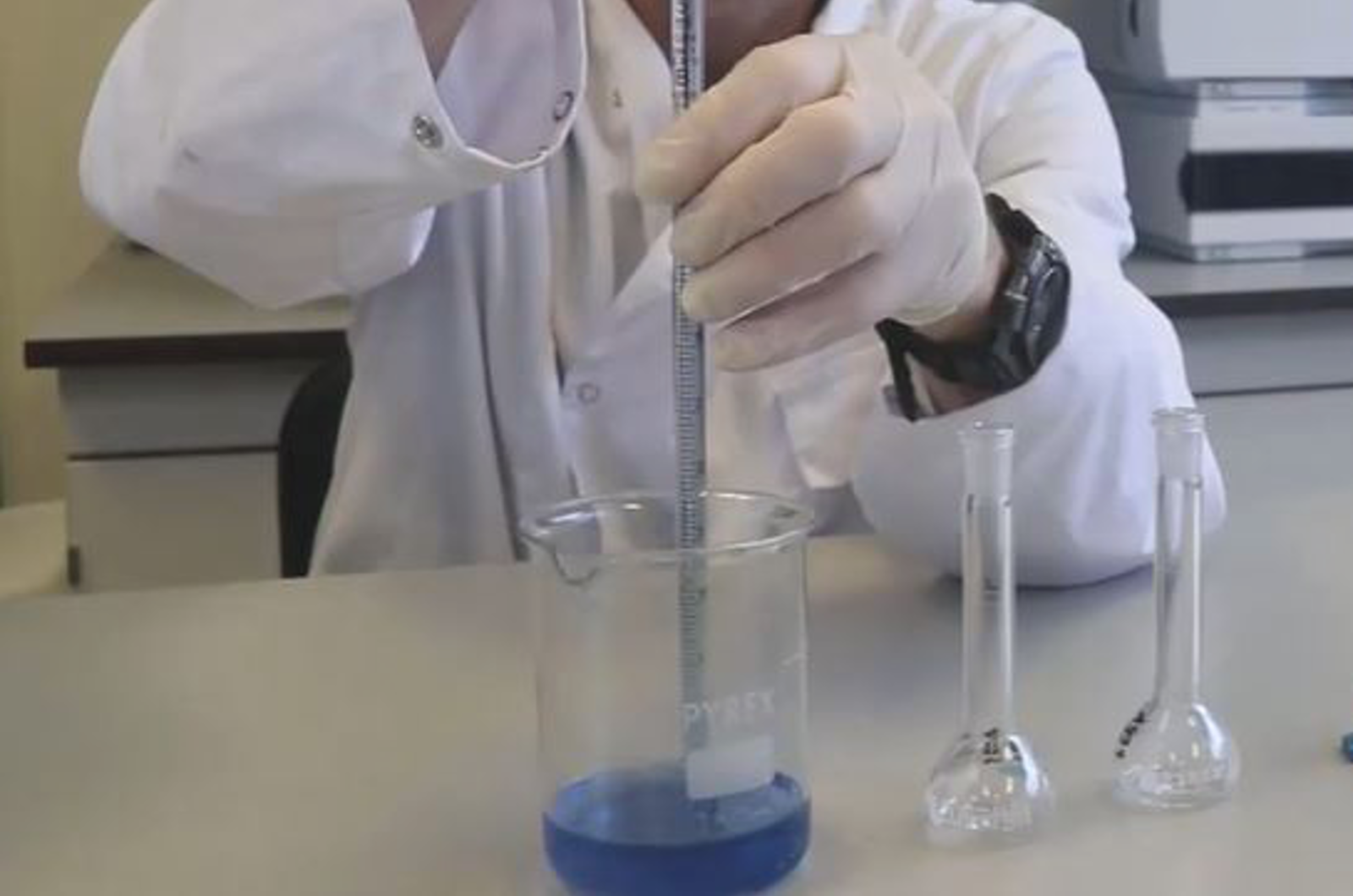
Glass Pipettes
This module teaches you the main aspects of the essential skill of using glass pipettes.
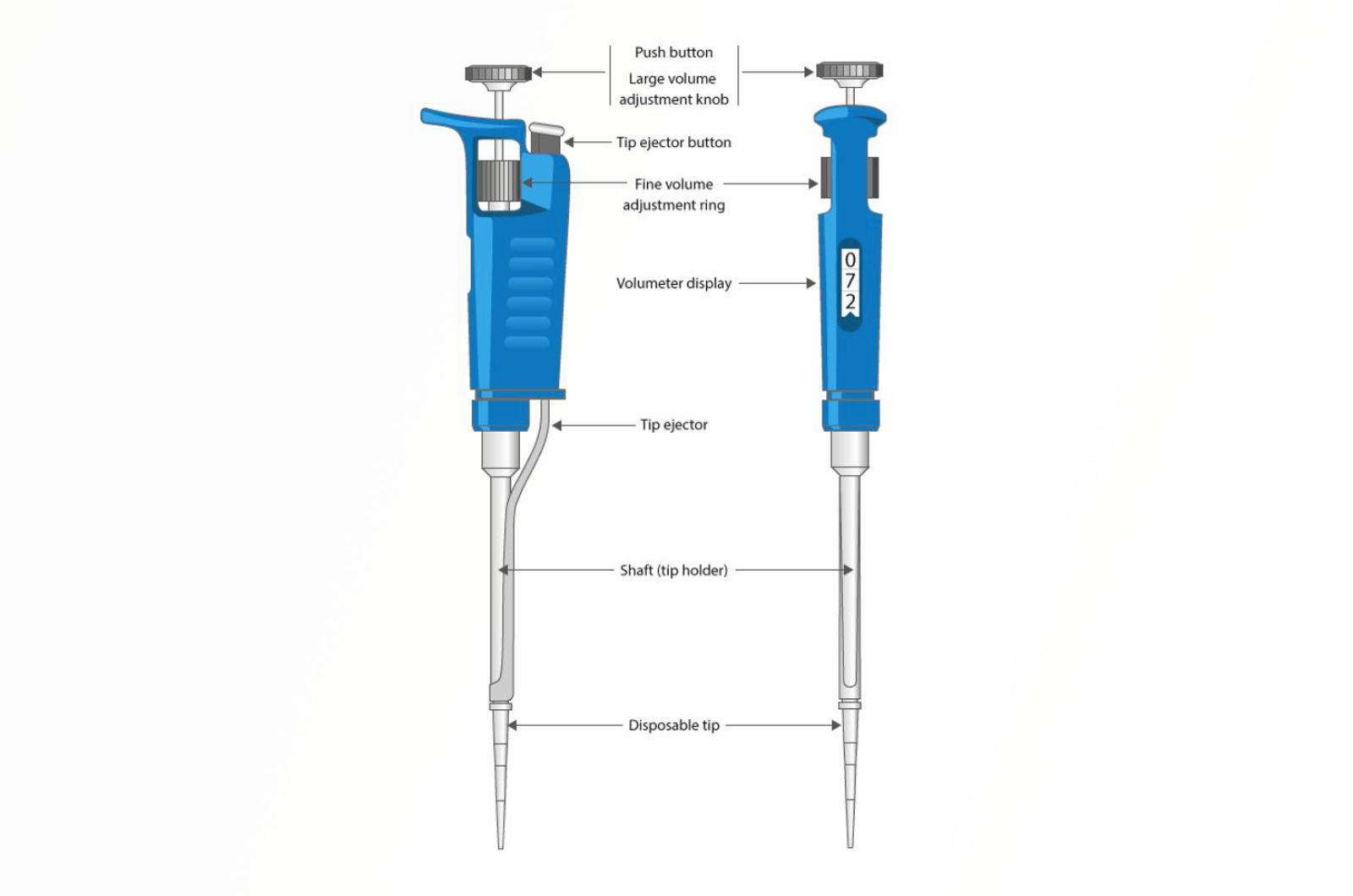
Automatic Pipettes
The focus of this module is to provide you with practical information to improve your pipetting technique - this encompasses the use of pipettes, how to select the correct pipette and tip, how to and why we calibrate pipettes, as well as how to maintain them in order to have confidence that they are functioning reliably.
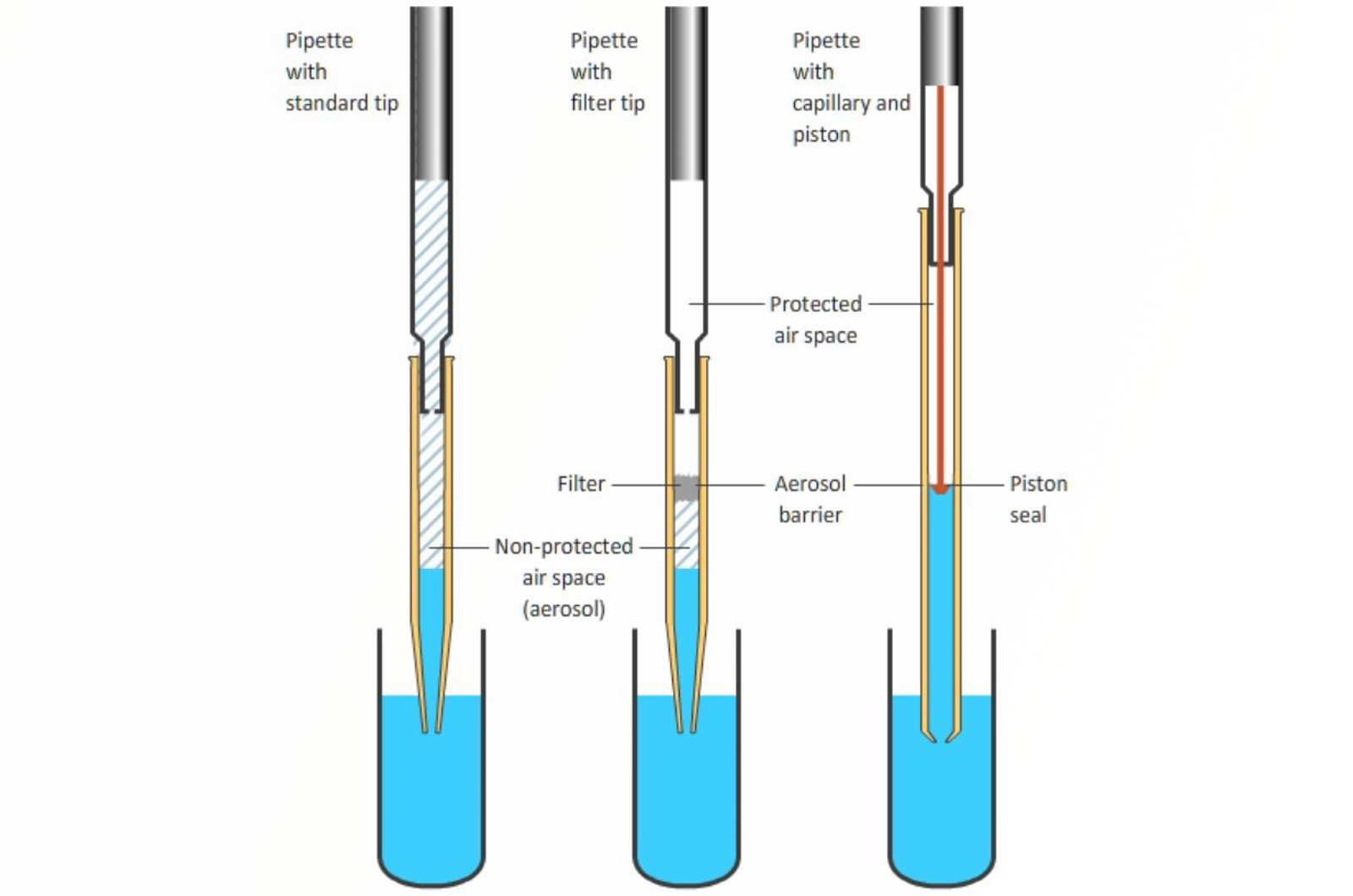
Top 10 Pipetting Mistakes
The top pipetting mistakes are discussed in this quick guide with practical hints and tips on how to improve your pipetting technique, from selecting the correct pipette, using the correct pipetting mode, and ensuing that pipettes are properly maintained and calibrated.
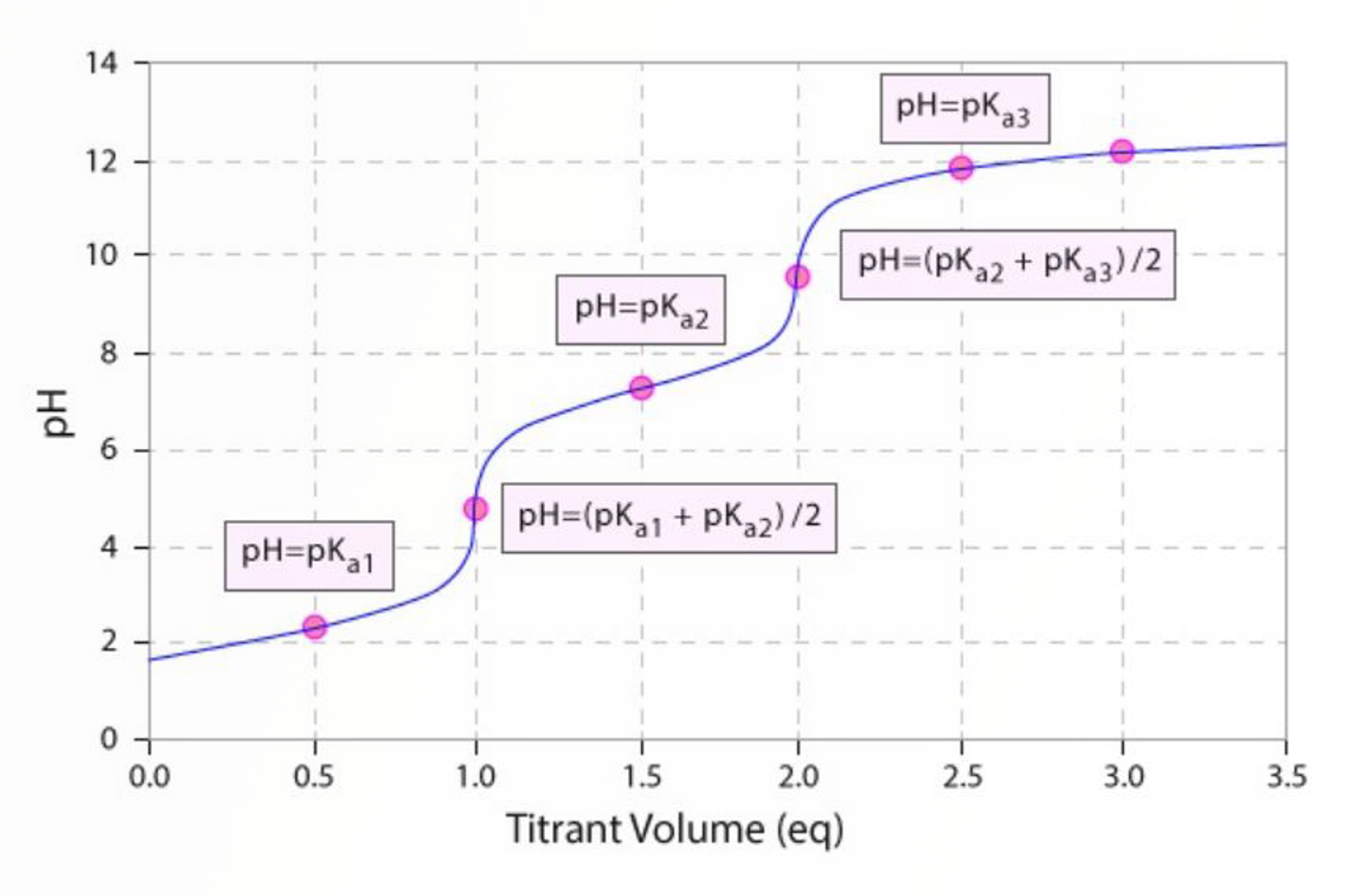
Titrations
This module will discuss the different types of titrations, how to perform a titration, and how to overcome common problems.
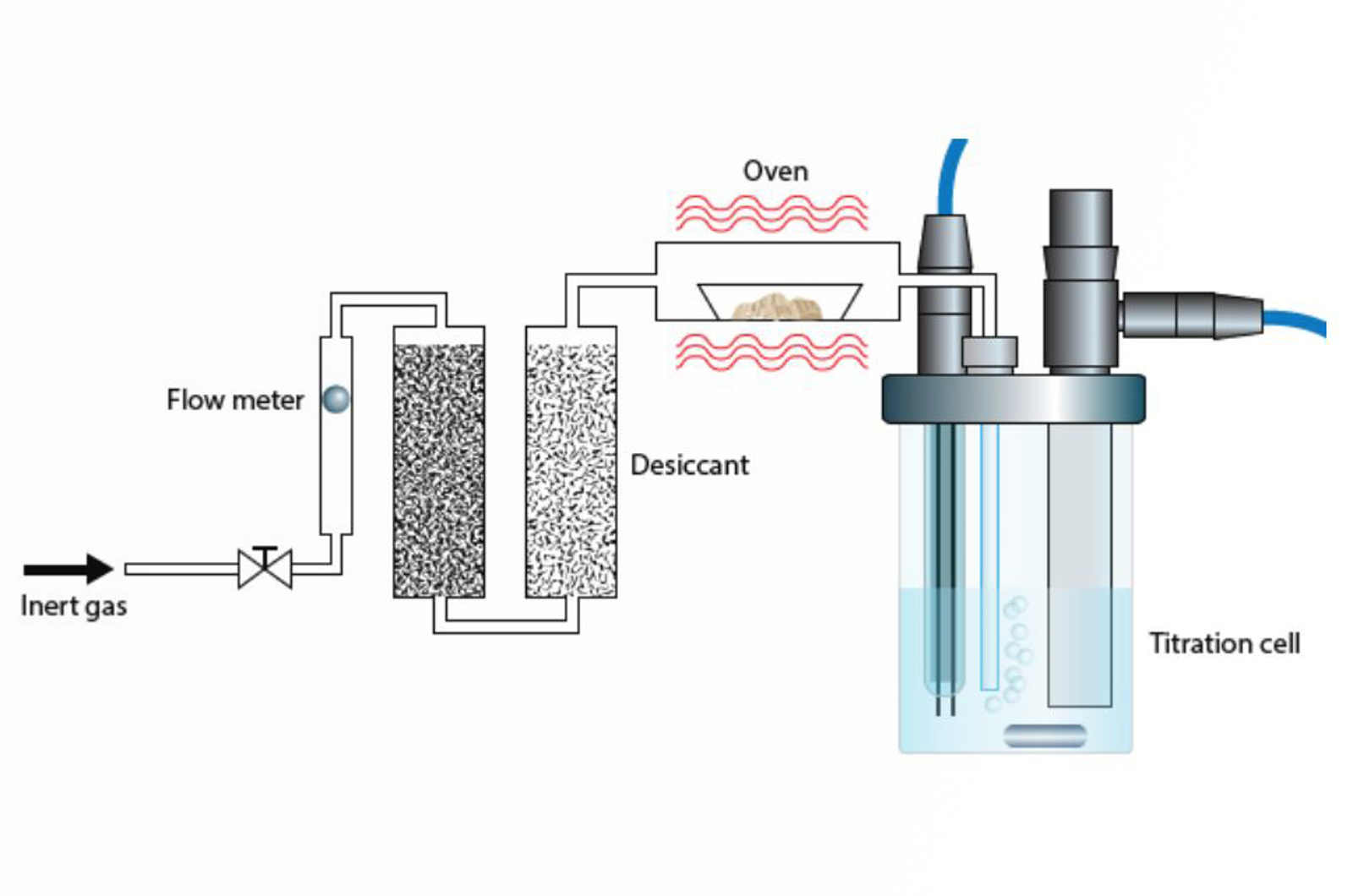
Karl Fischer Titration
This module will detail the use of Karl Fischer titration apparatus for moisture determination.
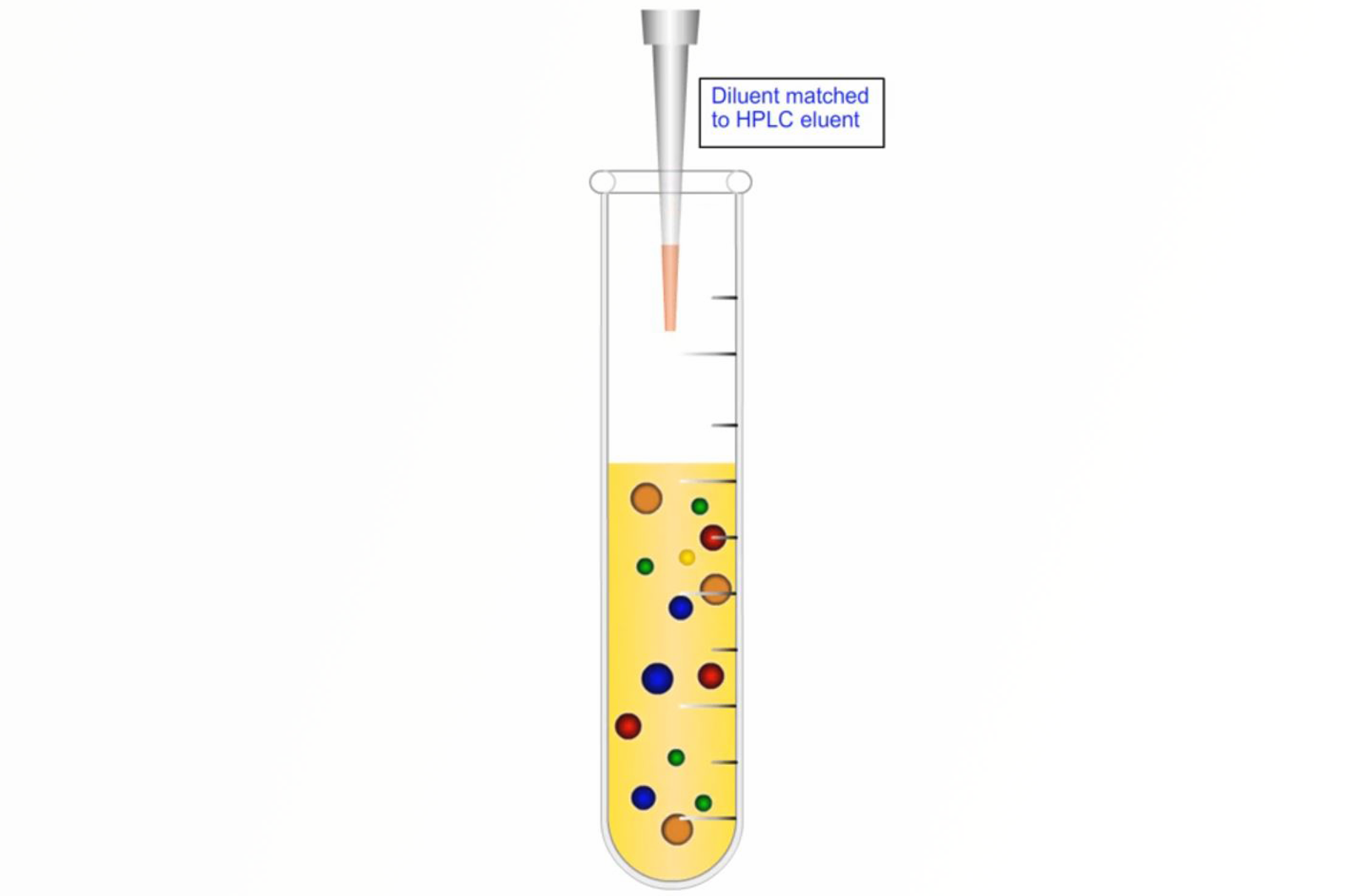
Primary Sample Preparation Techniques
This module takes an initial look at the science behind the most commonly used sample preparation techniques.
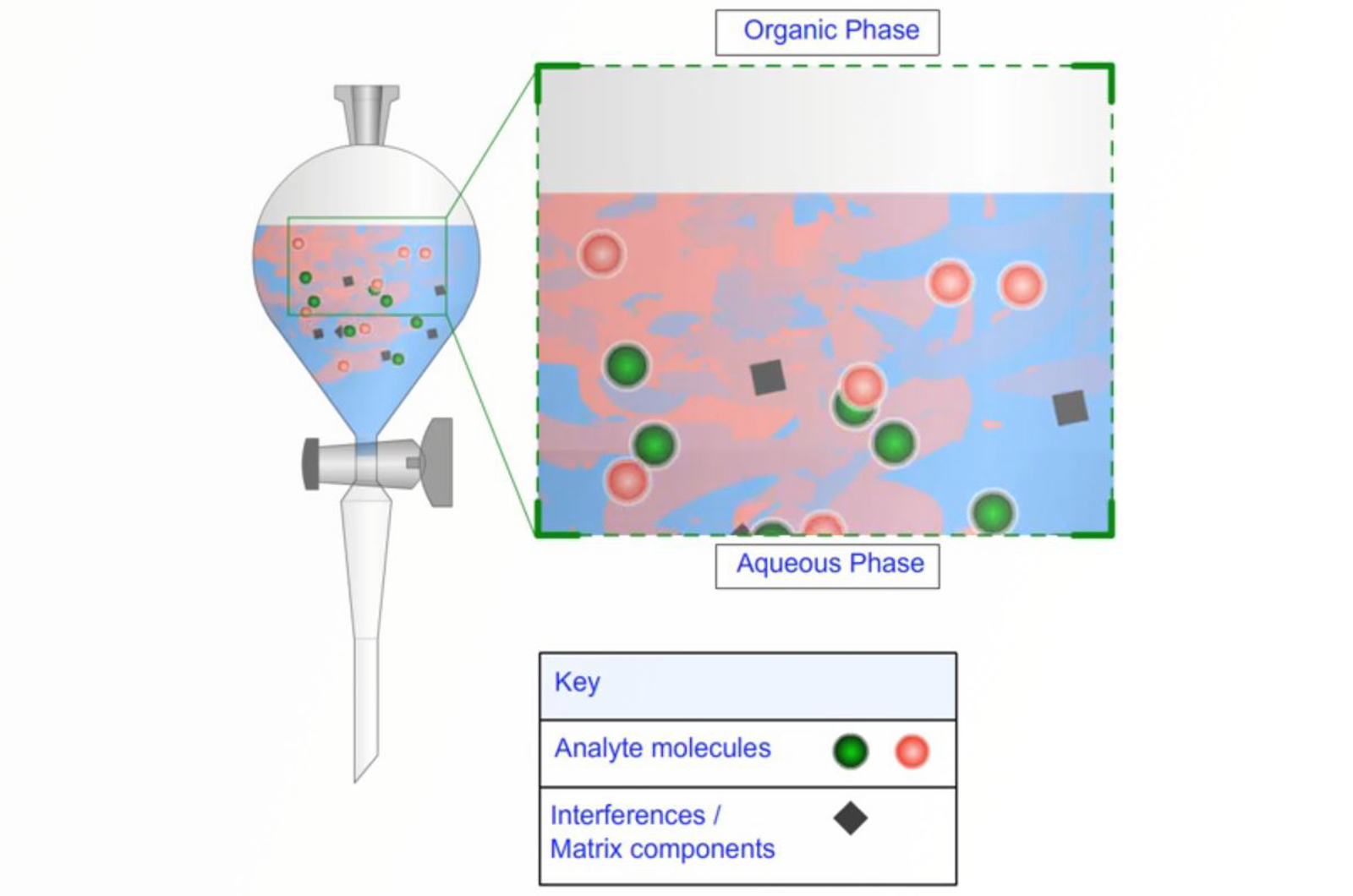
Liquid/Liquid Extraction Techniques
In this module, the basic principles of liquid/liquid extraction (LLE) are described, as well as an overview of limitations and drawbacks of LLE protocols. Specific advice is given for various problems that are routinely encountered. Emulsions and how to deal with them is discussed, and support-assisted liquid/liquid extraction (SALLE) is presented as a useful variation on standard liquid/liquid extraction.
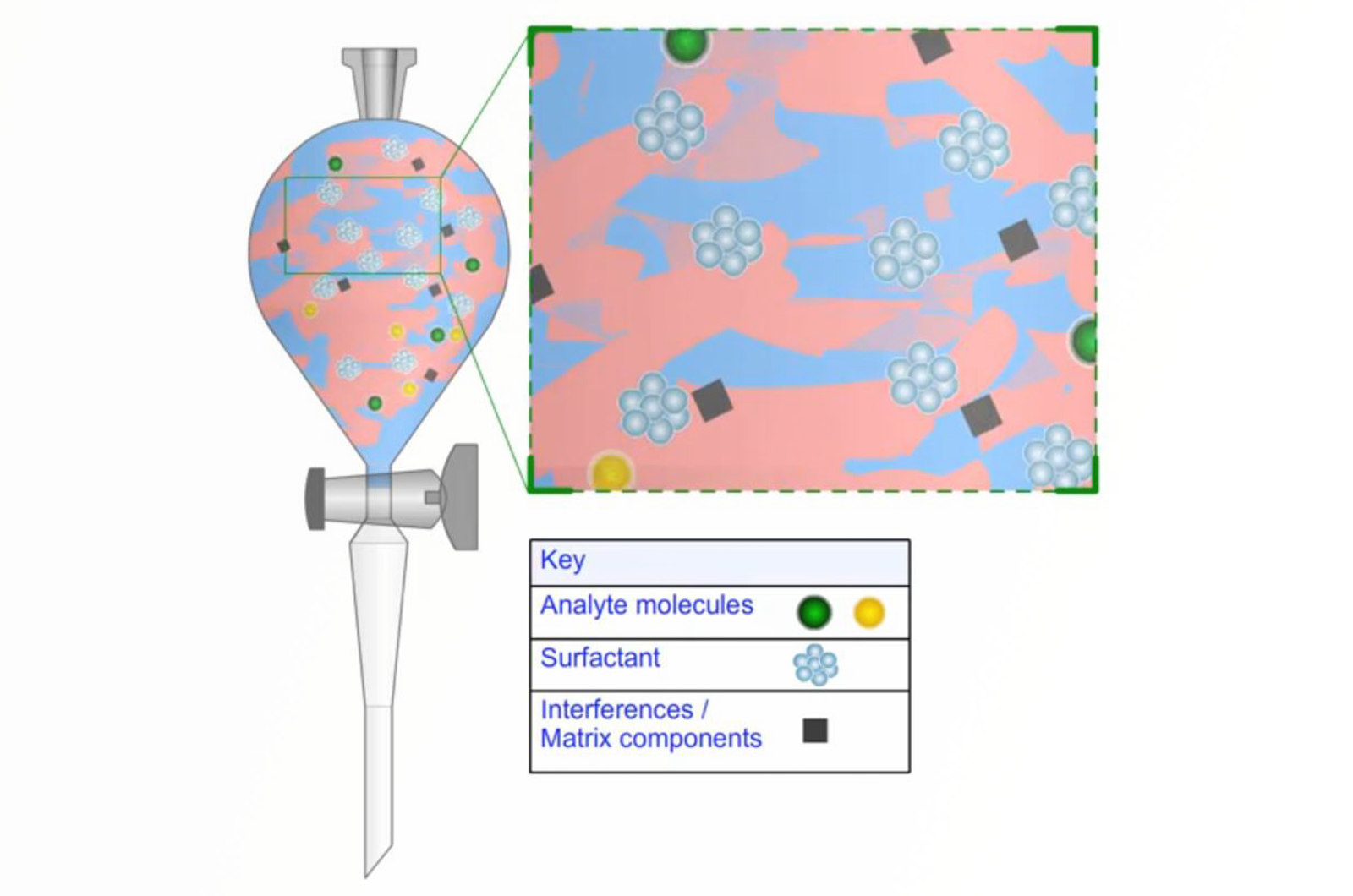
Troubleshooting Liquid/Liquid Extraction
This quick guide details how to troubleshoot the most common problems encountered in liquid/liquid extraction techniques.
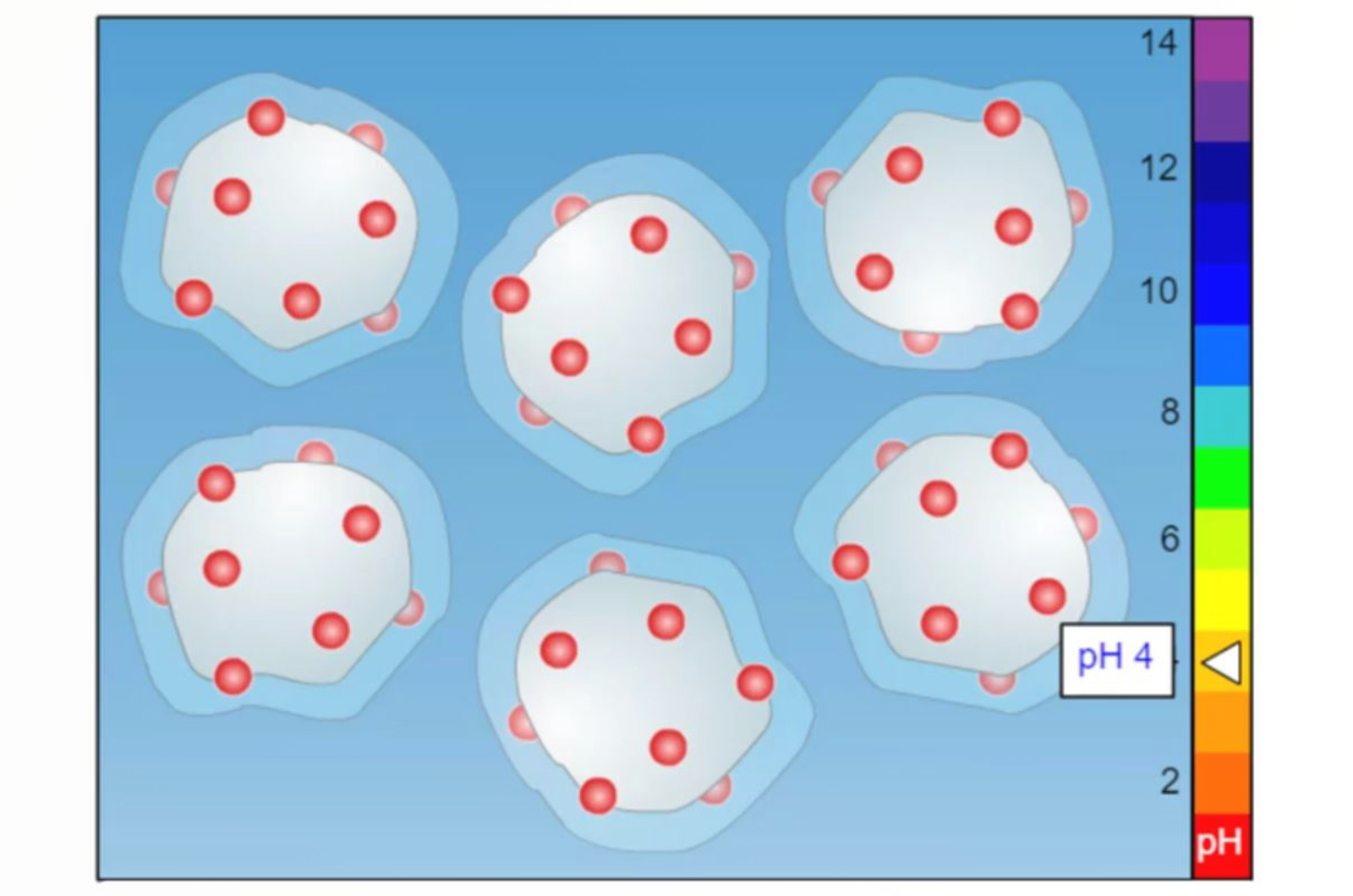
What Can SLE Do for Me?
An interesting and useful variation of liquid/liquid extraction (LLE) is supported liquid extraction (SLE). While the chemistry of this technique is very similar to that of LLE the physical nature of the technique offers distinct benefits which are detailed in this quick guide.
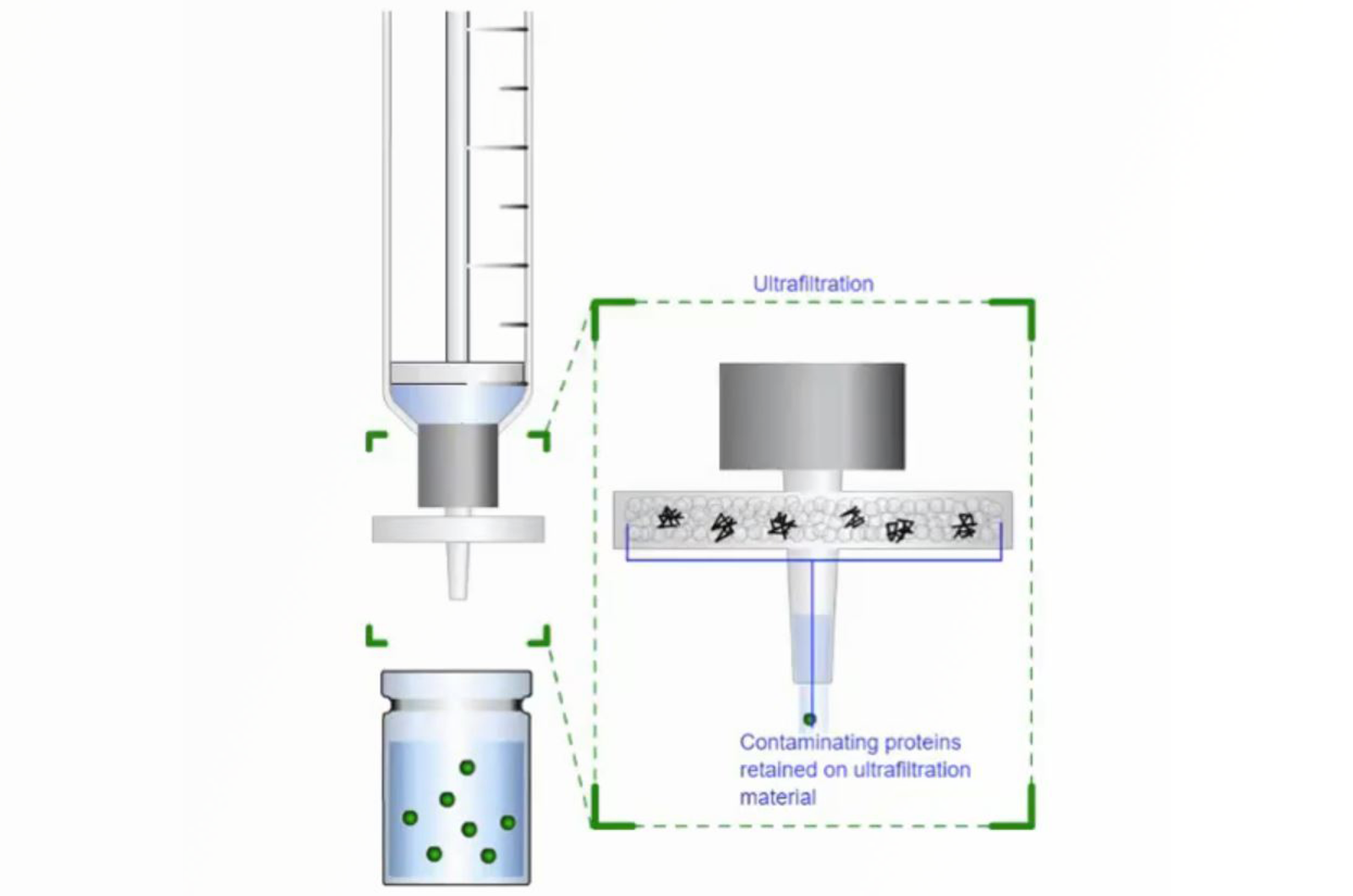
Everything You Need to Know About Filtration
This webcast will provide information on how to correctly select a filter for your application allowing you to avoid some of the common pitfalls related to filtration.
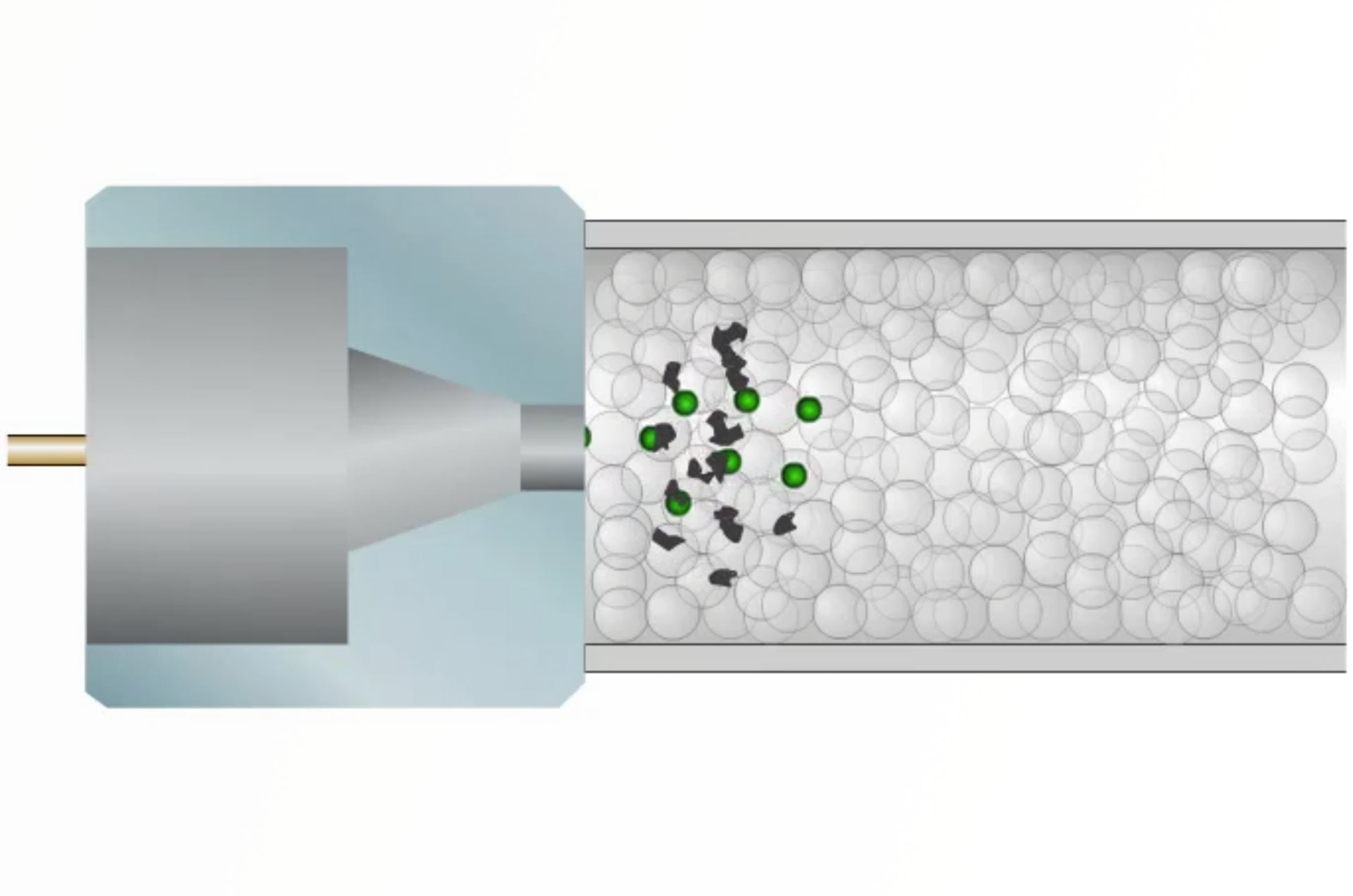
Troubleshooting Filtration
This article will look at selecting the correct syringe filter, where to find relevant information on selecting a syringe filter, and what common problems may arise during filtration using syringe filters.
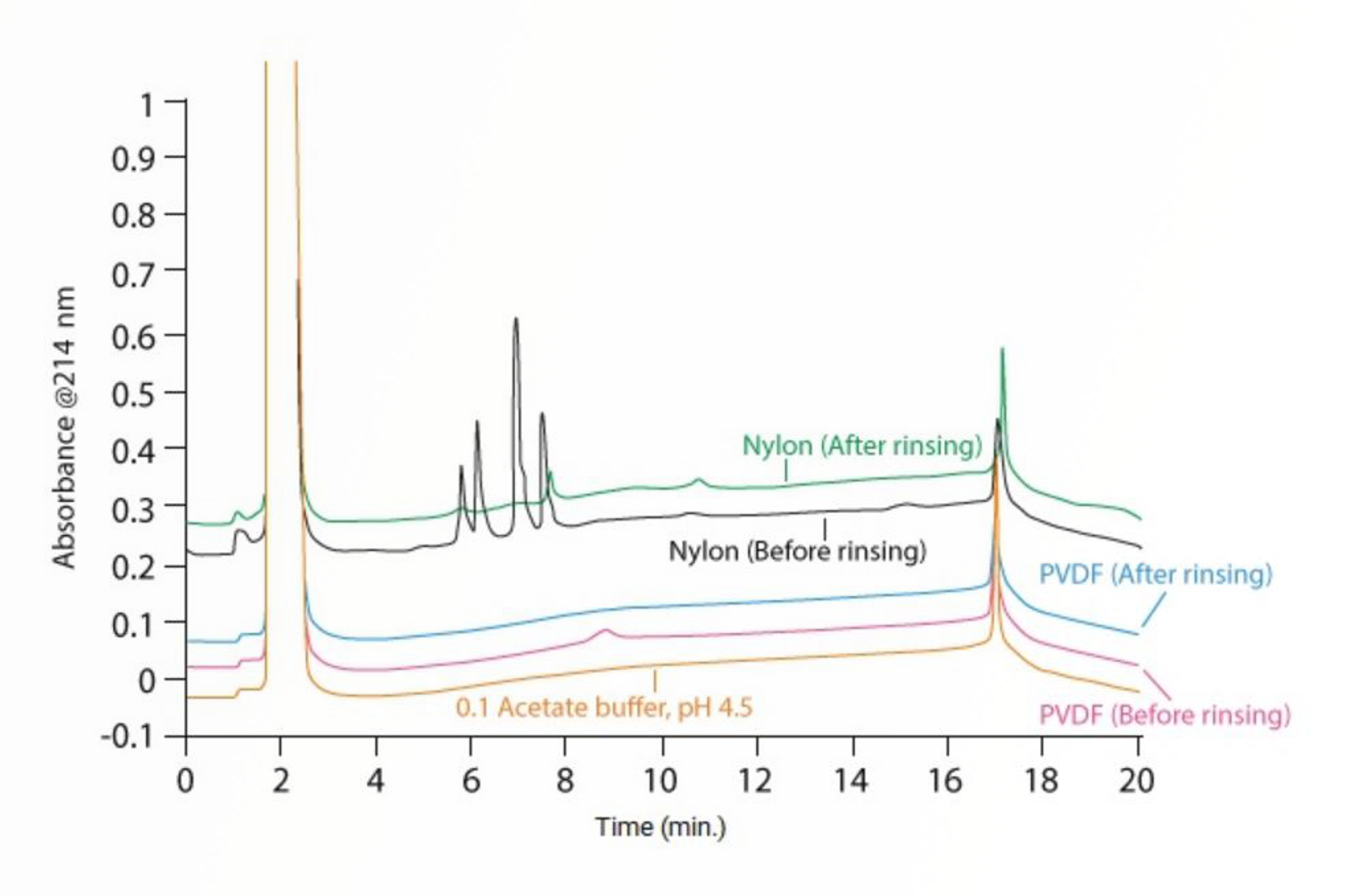
Optimizing Sample Preparation - Filtration
This quick guide will provides hints and tips for optimizing filtration using syringe end filters.
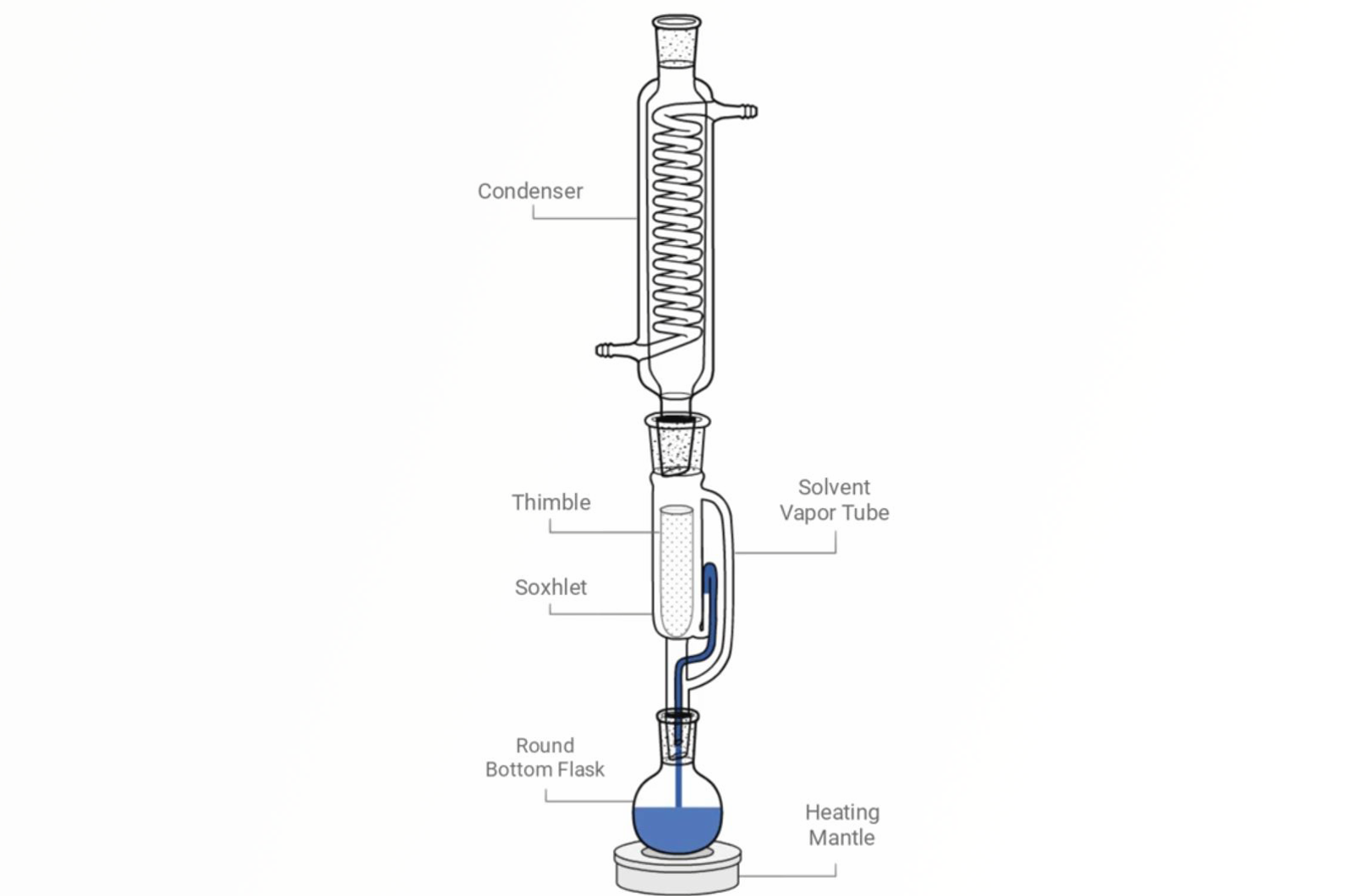
Soxhlet Extraction
This quick guide details how Soxhlet extraction works, parameters that require optimization, and how improvements to the methodology and automation have allowed an increase in throughput and improved reproducibility.
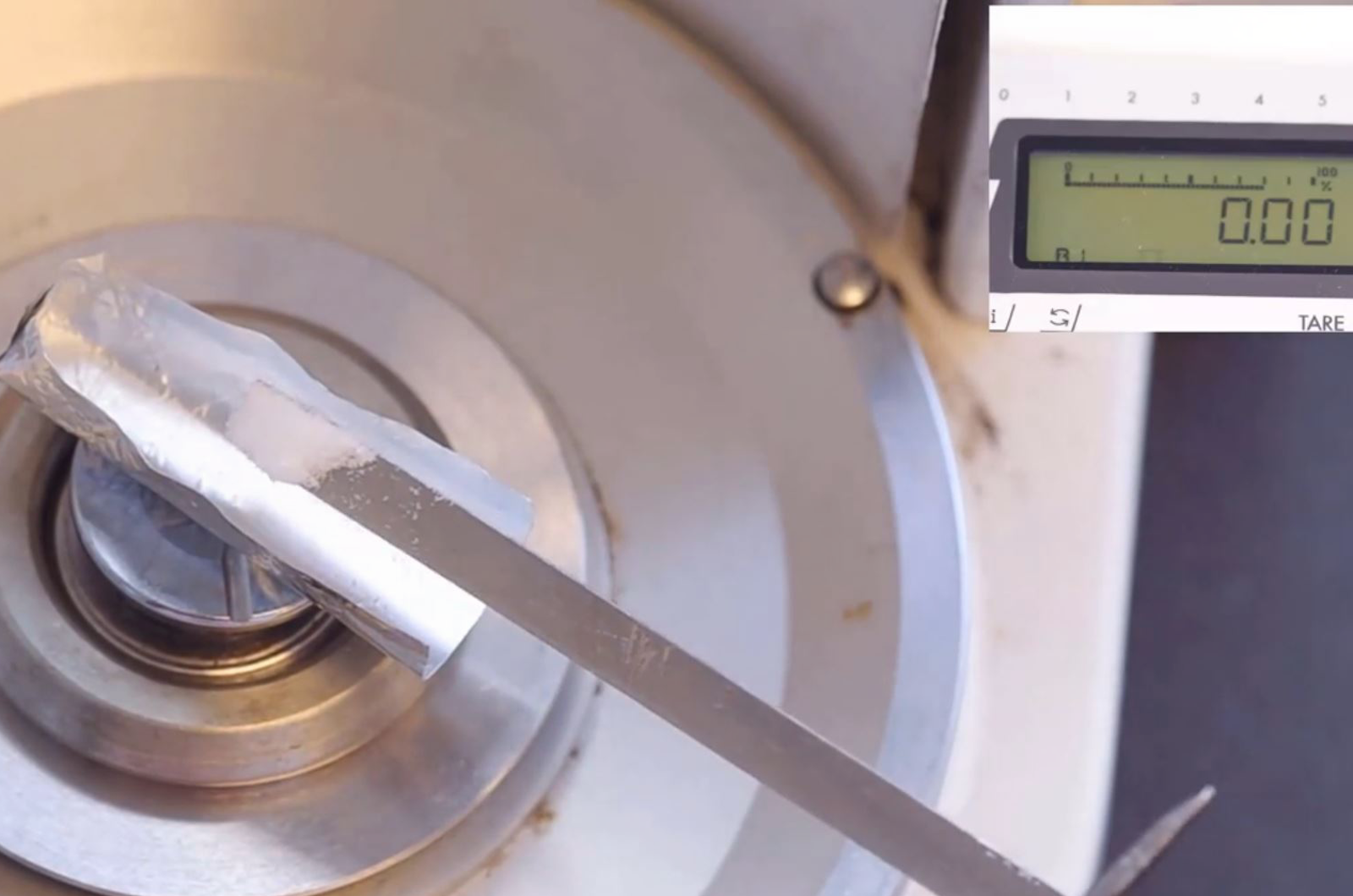
Microbalance Weighing
This module uses video content to teach best practices for microbalance weighing. This practical approach will ensure that common errors are avoided and accurate weighing can be achieved.

HPLC Method Review and Workload Planning
In this module an experienced analyst takes you step-by-step through the process of how we do this. We'll look in detail at every part of what appears to be a straightforward HPLC method, paying particular attention to the many areas which carry a high risk of error and how we can plan our work to minimize many of these common errors.
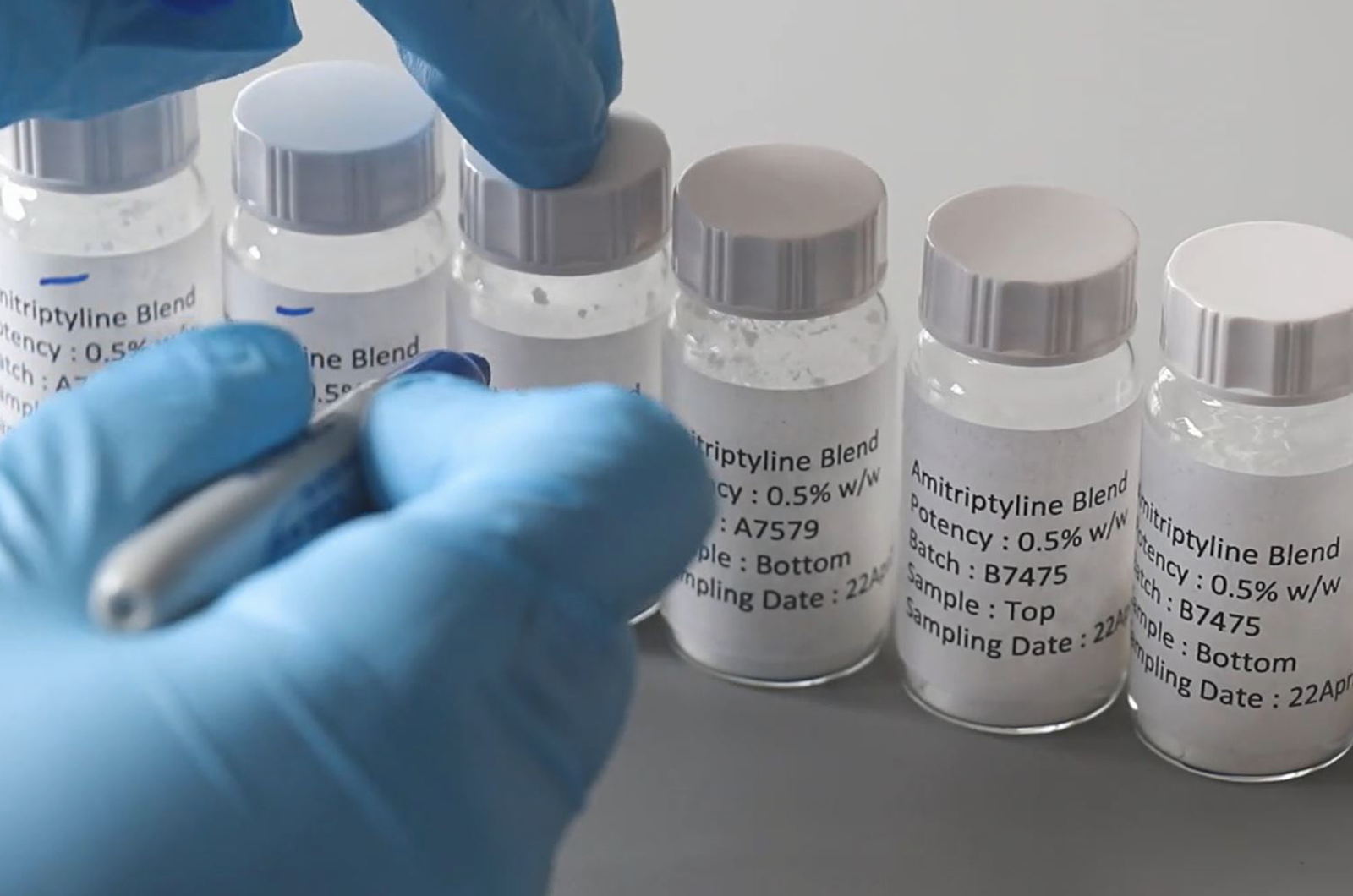
Eliminating Error During Preparation of Samples
In this module we will follow two very experienced analysts as they guide you through the process of managing your workspace an samples in a way that eliminates errors.

Preparing Standards for GC
This module details the optimum technique for successfully preparing GC standards.
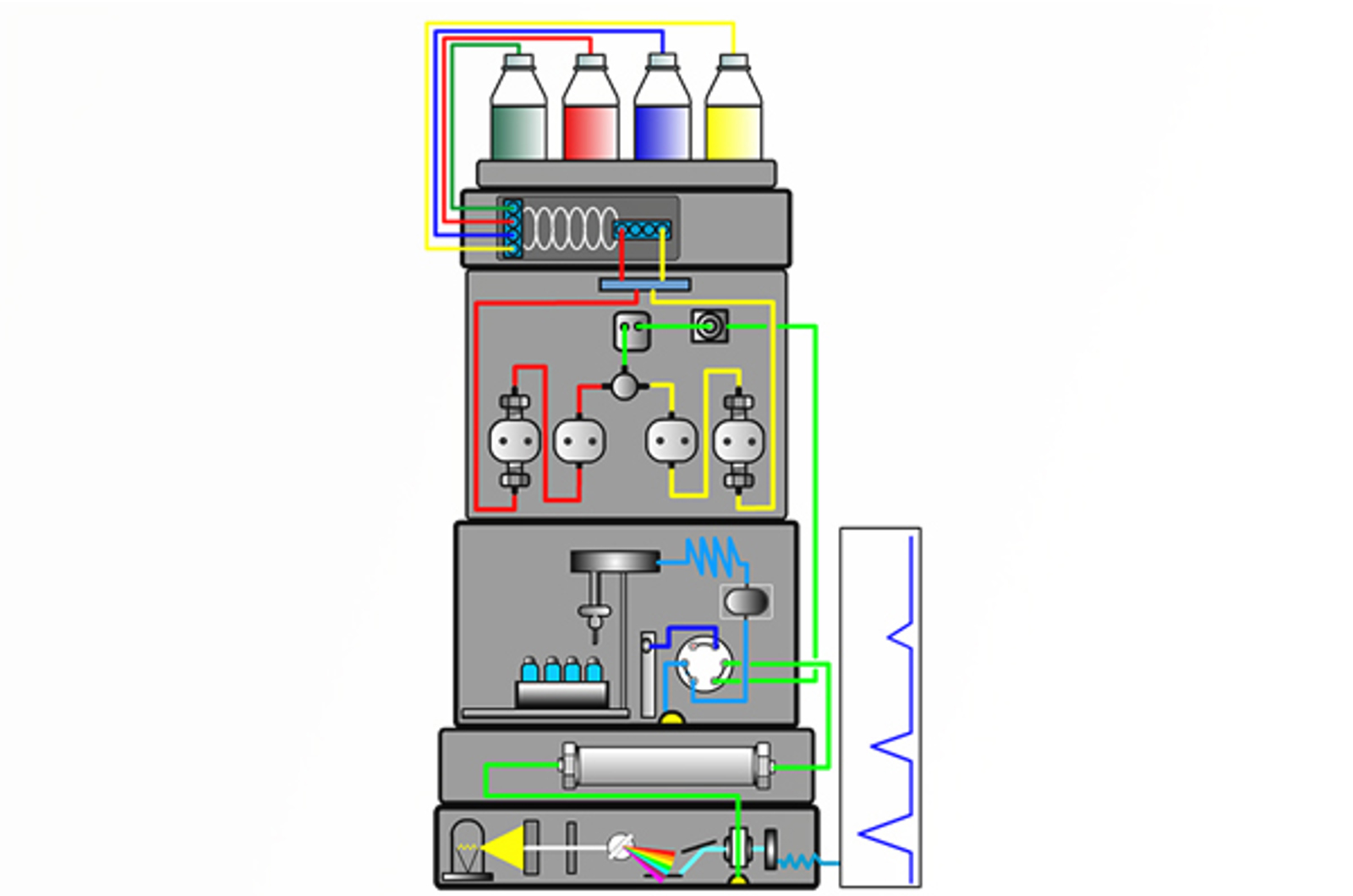
HPLC Introduction
The aim of this module is to give a brief history of liquid chromatography and compare and contrast high performance liquid chromatography (HPLC) with gas chromatography (GC). Liquid chromatography (LC) is explained, and the function of each component of the HPLC system discussed. The chromatogram is also introduced.

Practical HPLC Video Bootcamp
Join us for a little over an hour on this step-by-step guide through setting up an HPLC instrument. Avoid common errors and pitfalls and understand every step of the process to get your instrument set up correctly every time, decrease down-time, and reduce the risk of re-analysis.

Mobile Phase Considerations
The aim of this module is to explain the purpose of the mobile phase in HPLC. Topics include the best way to prepare mobile phase, potential problems caused by improper preparation and use of mobile phases, and the way that mobile phase composition effects retention and selectivity in reverse phase HPLC.
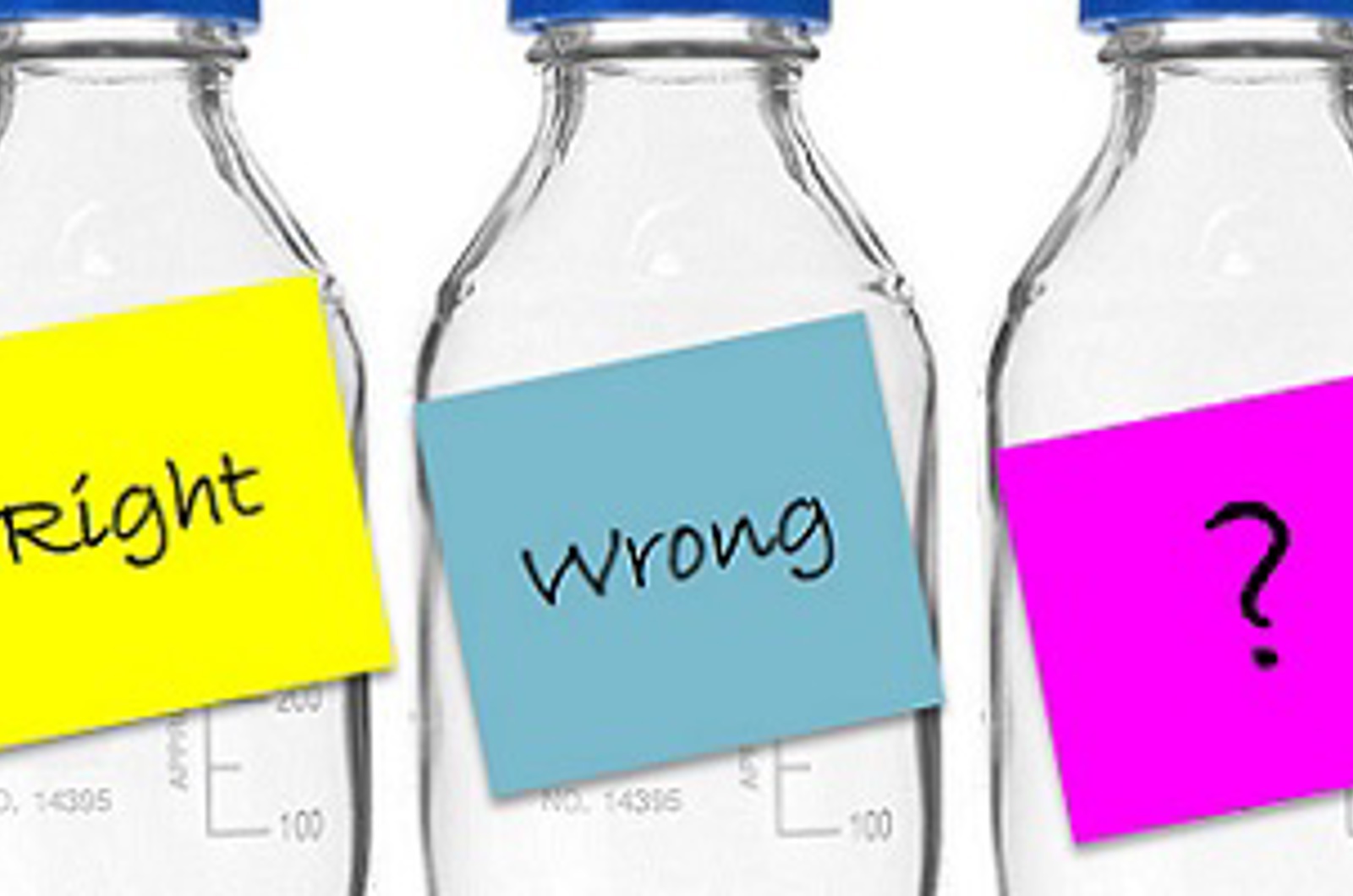
The Rights and Wrongs of Mobile Phase Preparation
Mobile phase preparation - what could possibly go wrong? Let us walk you through a typical mobile phase preparation process highlighting how to avoid common pitfalls such as contamination from glassware or mixing organic and aqueous in the incorrect order. After watching this webcast there will be much more right than wrong with your mobile phase preparation.
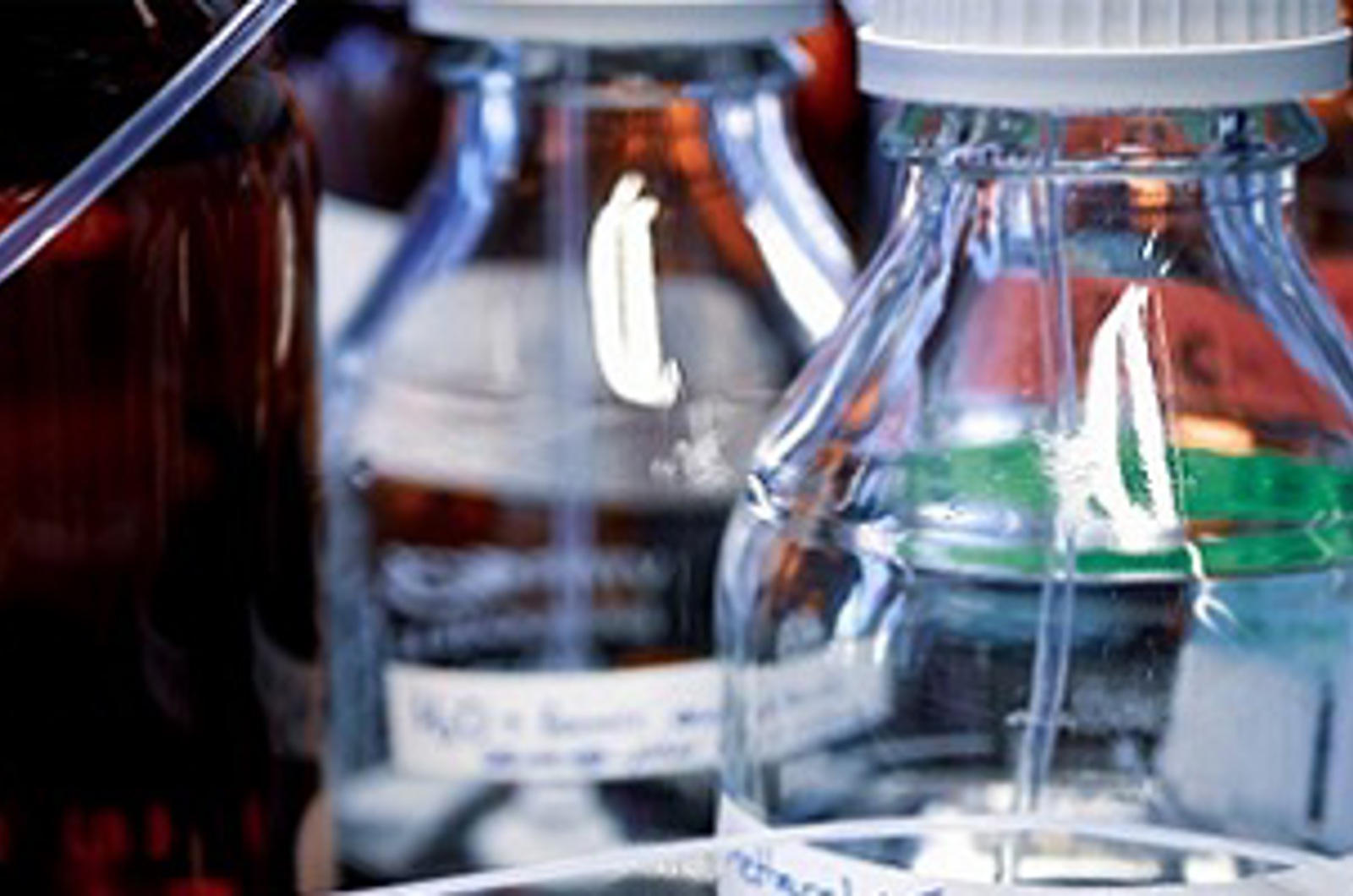
The Rights and Wrongs of Mobile Phase Preparation Q&A
This Q&A session, based on the questions submitted in one of our most attended webcasts, will make you think about mobile phase preparation in a whole new way! Everything from how cleaning our glassware can impact analyses, to how to avoid or minimize contamination, what the best practices are for filtering mobile phases - and lots in between.
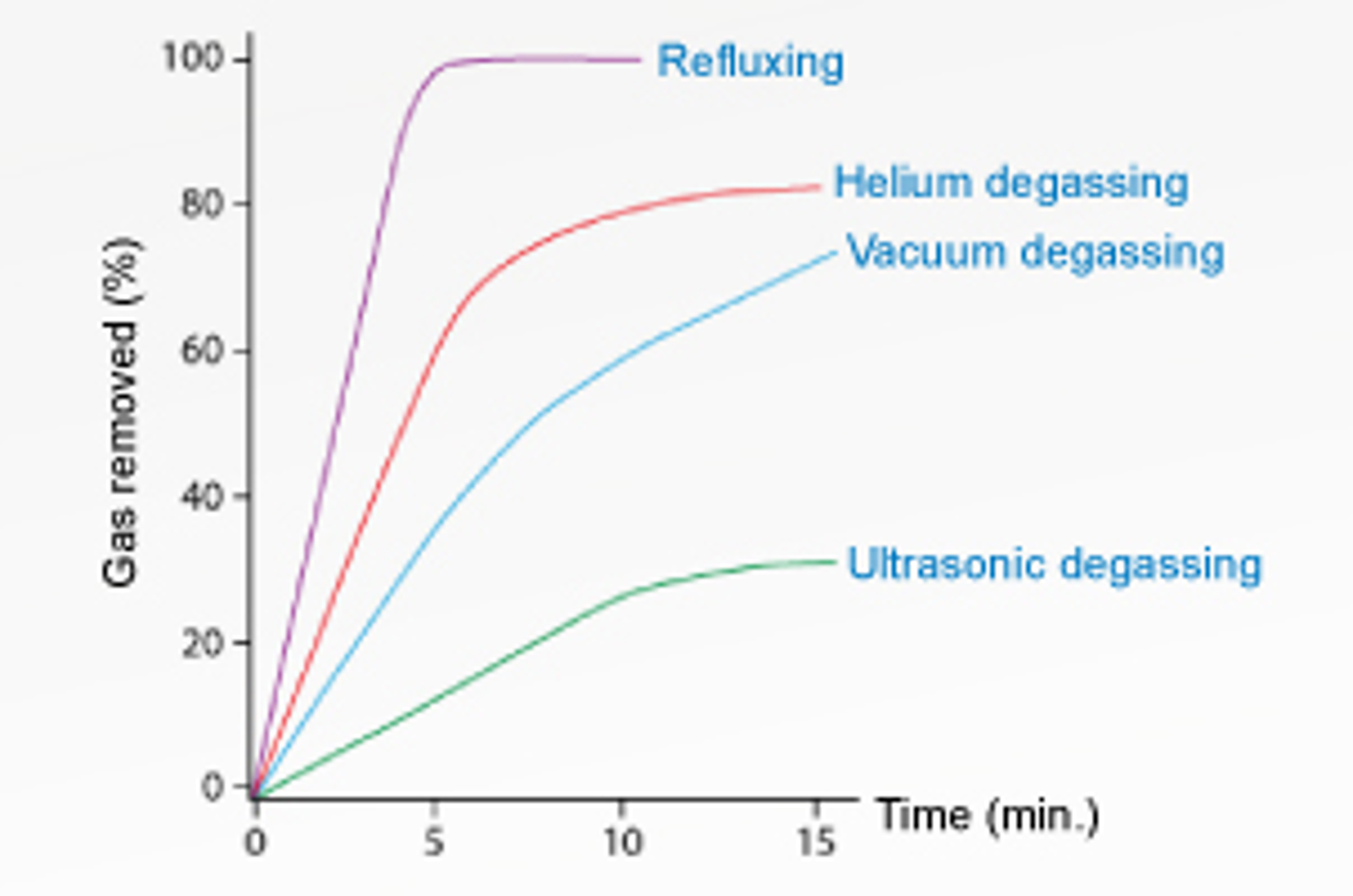
HPLC Mobile Phases – 10 Bad Habits to Avoid
Learn about the most common bad habits that should be avoided with HPLC mobile phases!
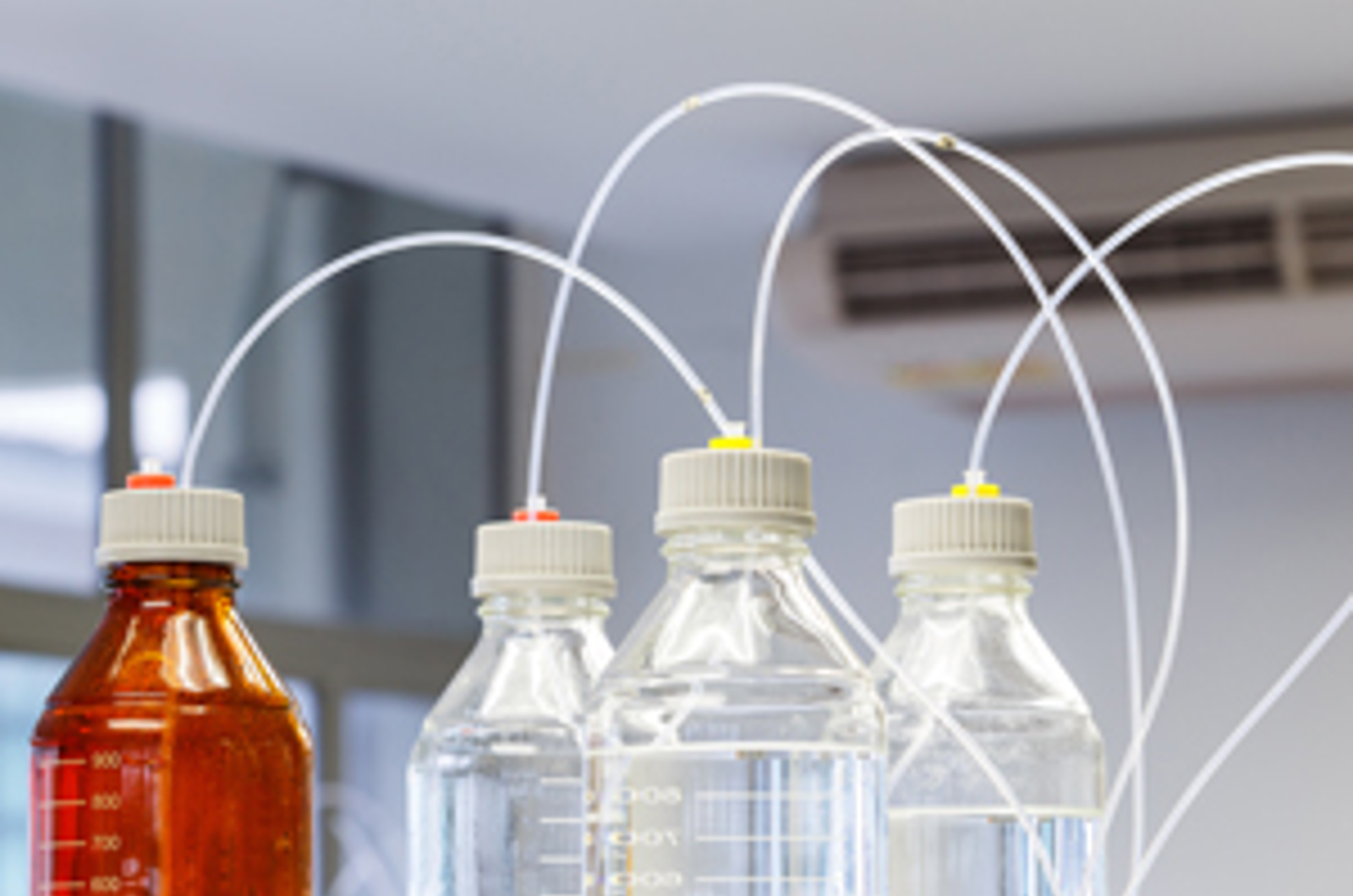
HPLC Mobile Phase Lifetimes
The question of how long you can store HPLC mobile phases is asked on a regular basis to the CHROMacademy technical team. Here are our general guidelines.
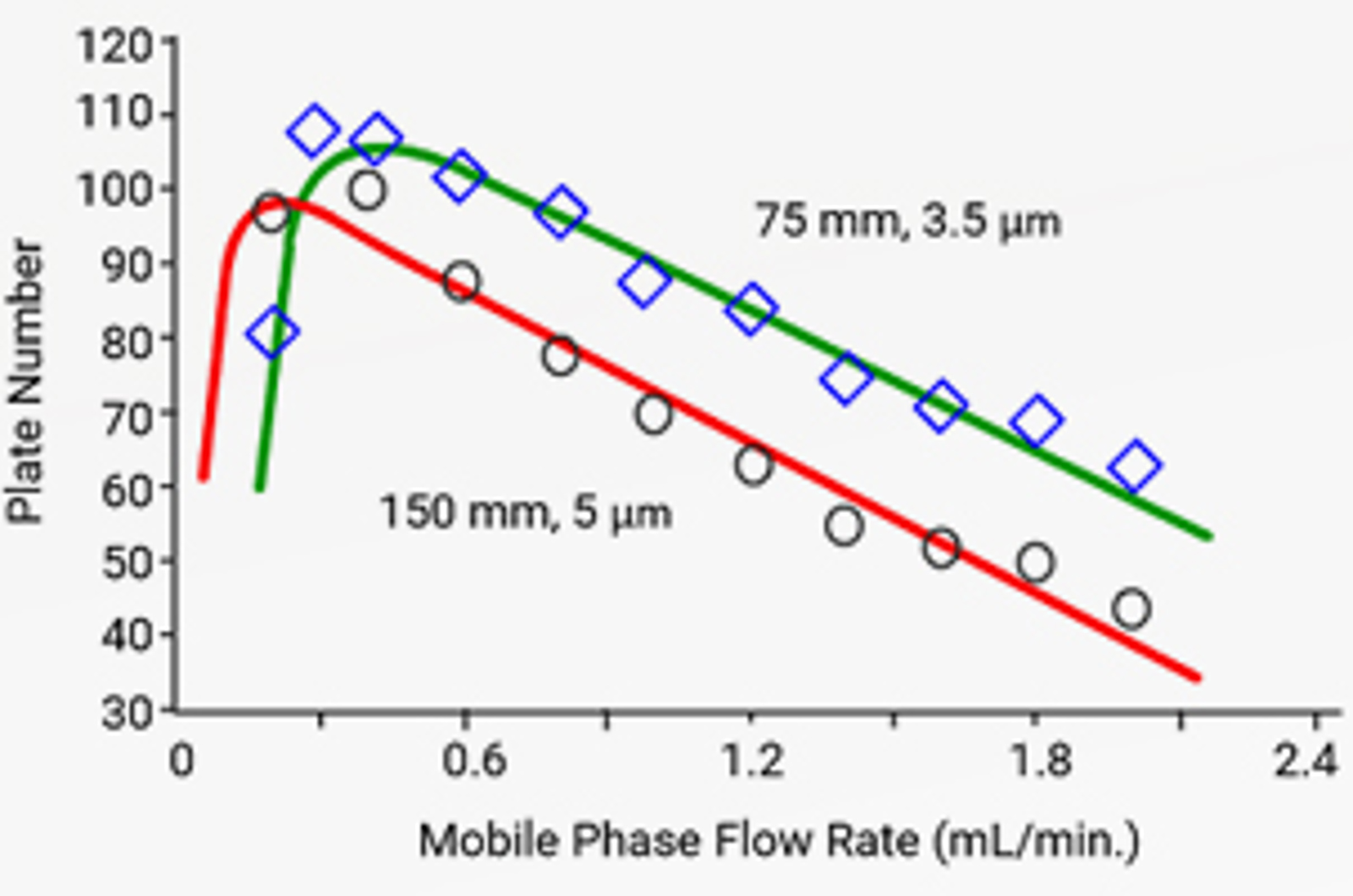
HPLC Column Chemistry
The aim of this module is to introduce silica as a major stationary phase support for reversed phase HPLC separations and for normal phase applications. The use of bonded phases in various chromatographic applications, and the influence of surface silica silanol groups on chromatographic separations is illustrated. Modern bonded phases that give an advantage to today’s chromatographer are introduced.
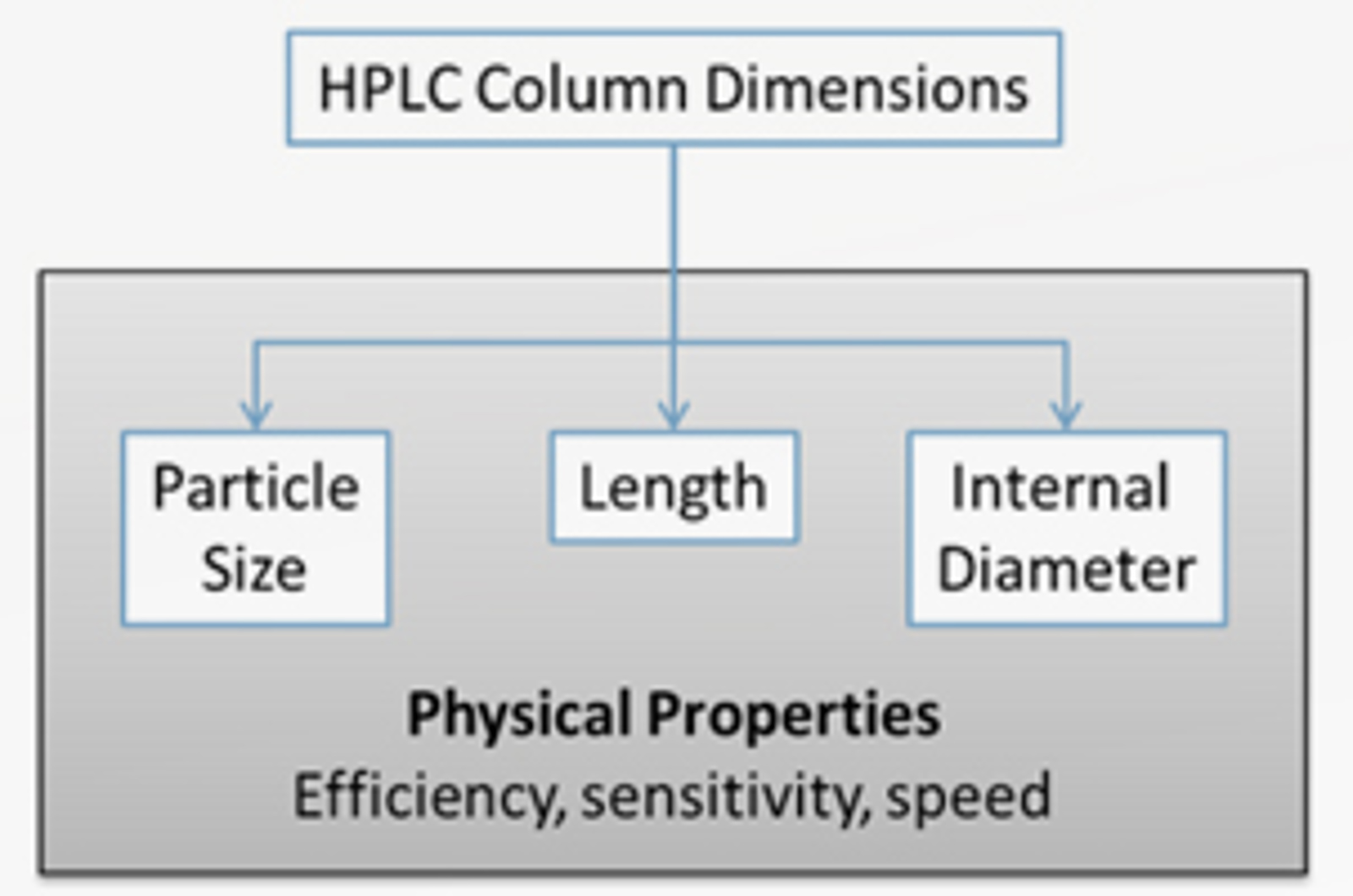
HPLC Column Dimensions
HPLC column dimensions will affect the efficiency sensitivity, and speed of an analysis. The primary column dimensions of particle size, length, and internal diameter will be discussed and their effect on chromatographic separations demonstrated, providing some practical insight into how to select the best column dimensions for a particular application.
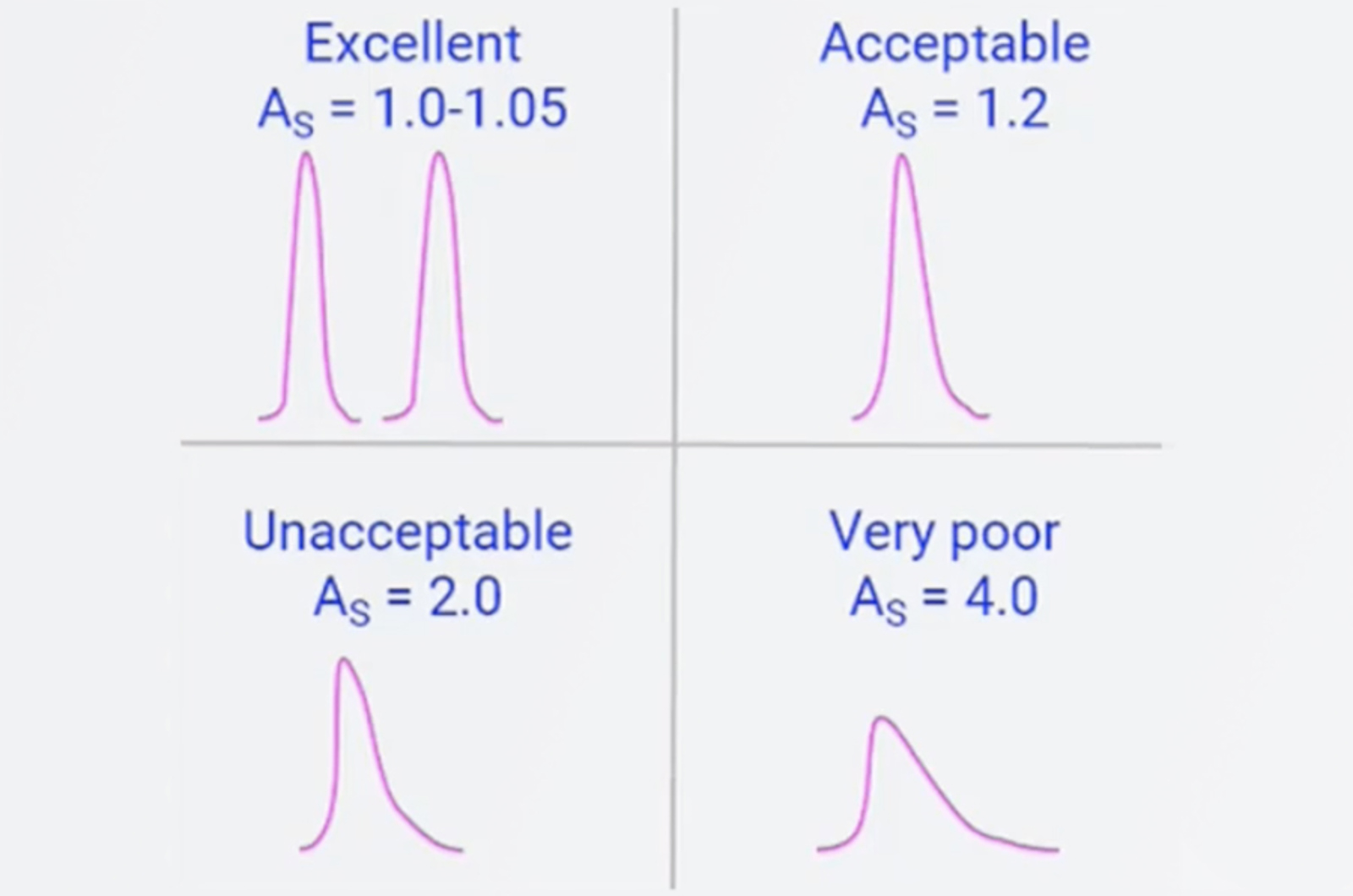
System Suitability for HPLC
System suitability is a series of checks built in to a sequence to ensure all sample data is correct and valid. This webcast will describe how we design and perform system suitability and which chromatographic parameters we should be assessing during the process.
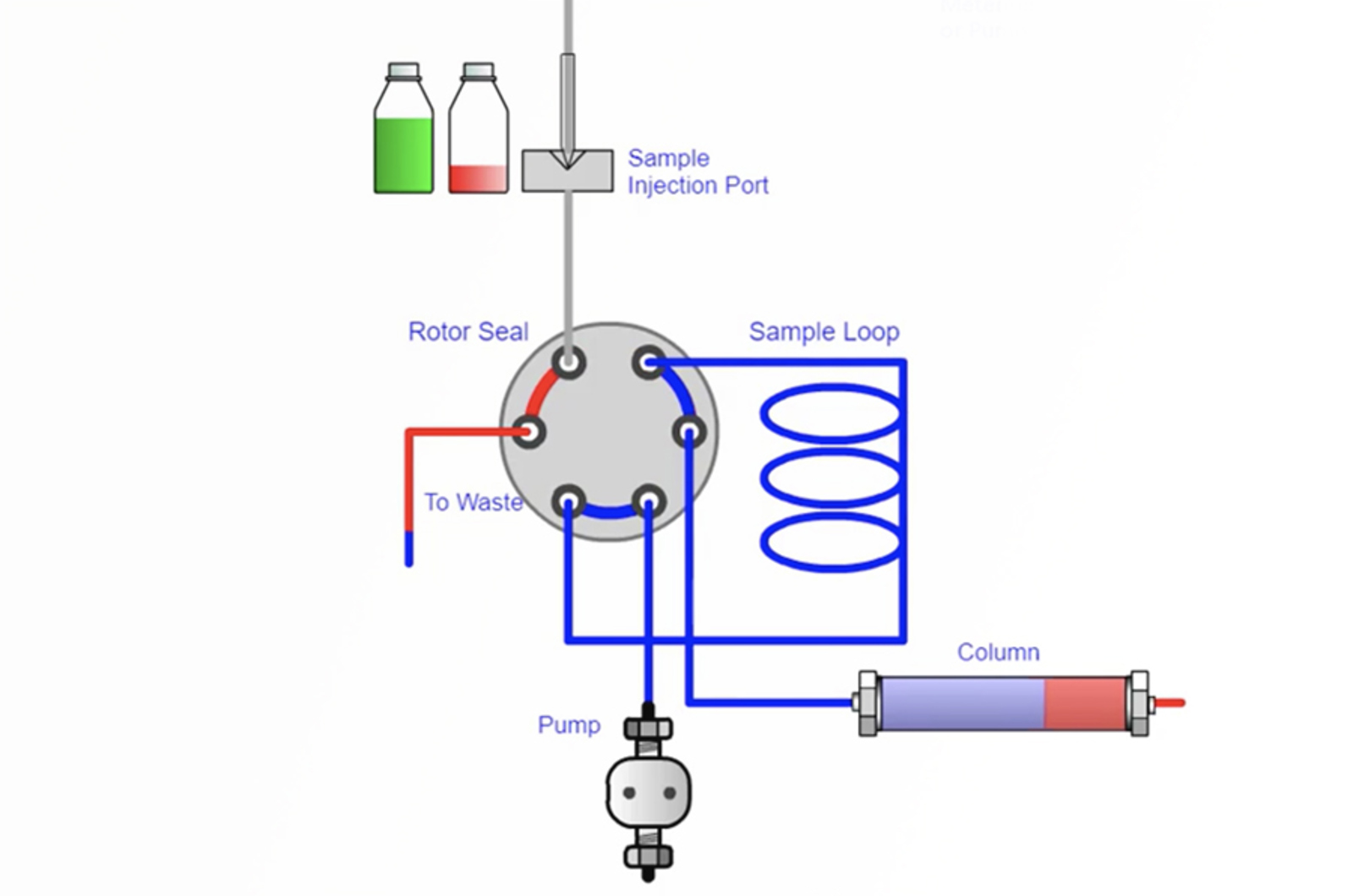
Autosamplers
The aim of this module is to explain the purpose of injectors and autosamplers within the HPLC system. The principles behind which sample injection systems work will be described, as well as the individual components of an injection valve. The correct and incorrect ways to use loop injectors in manual injection mode will be highlighted, and we will discuss the major components and operating principles of a range of typical autosampler devices.
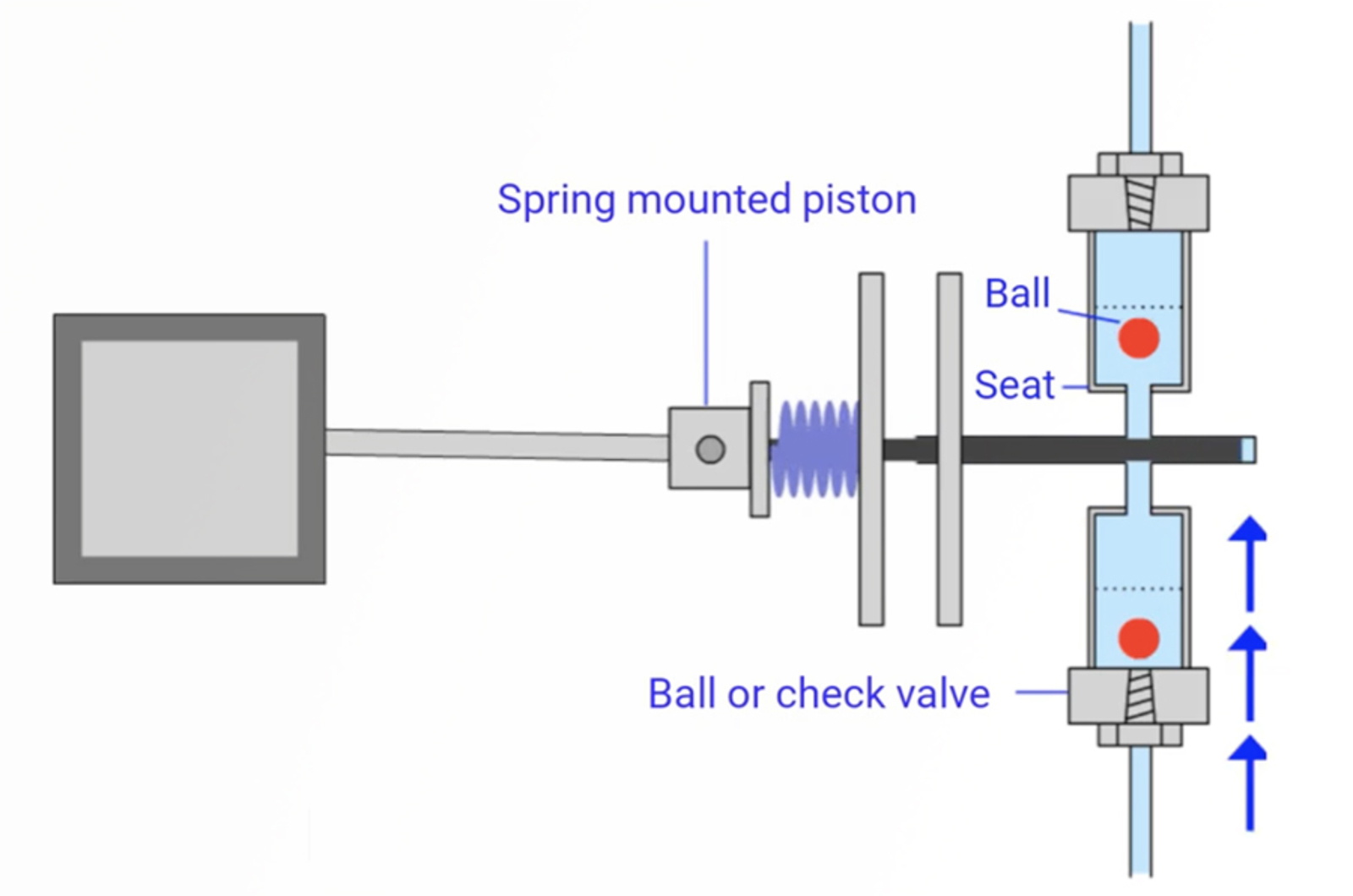
HPLC Solvent Pumping Systems
The aim of this unit is to describe the role of the solvent delivery system (pump) within high pressure liquid chromatography (HPLC). The operational principles of the most popular solvent delivery types are explained, as well as the function of the components and potential troubleshooting and maintenance issues. We will describe good practice in pump use, care and storage, and discuss the operating principle of alternative pump designs such as preparative and micro-flow pumping systems.
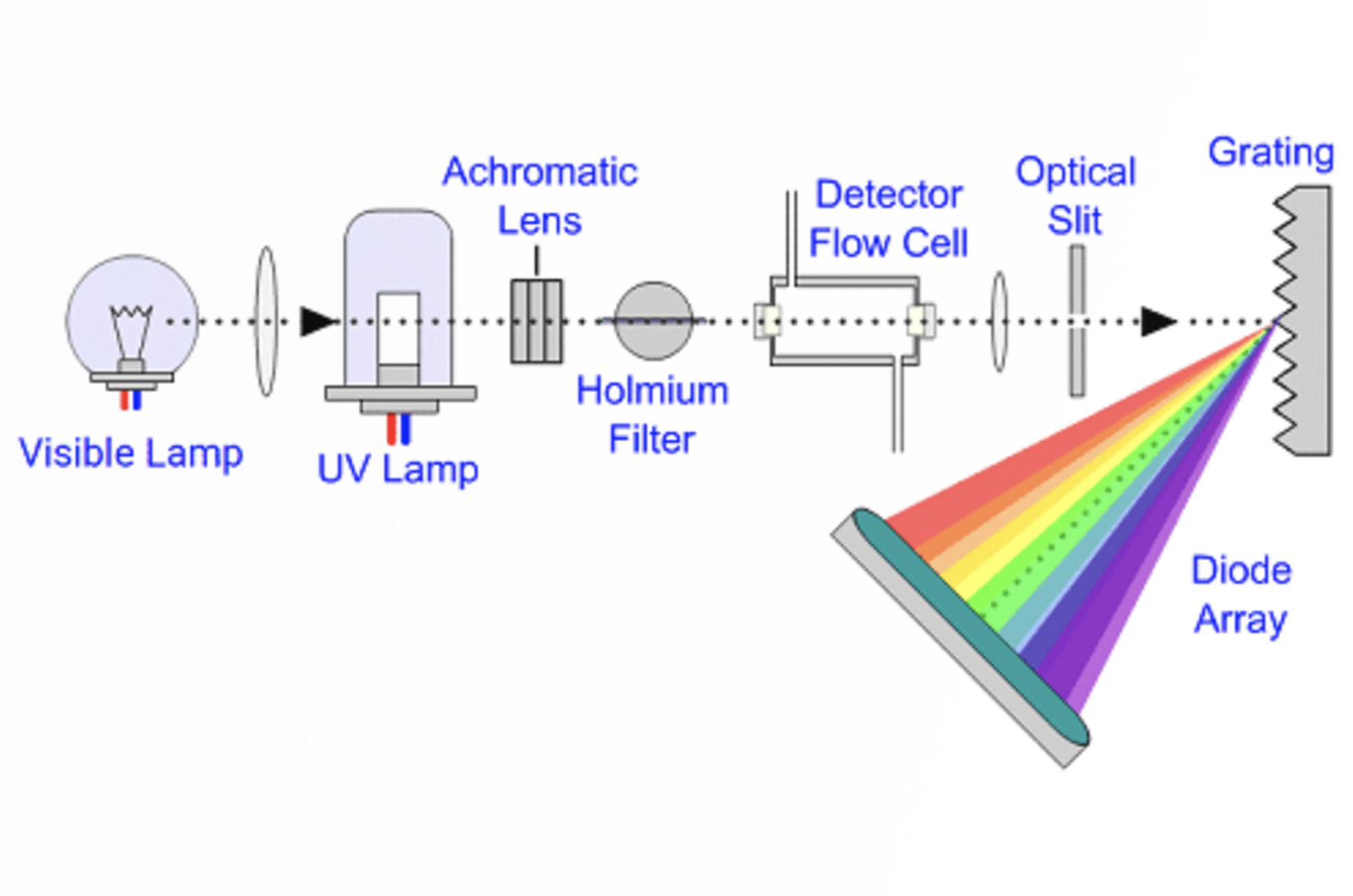
Introduction to HPLC Detectors
This module will introduce the general terms and concepts that are applicable to all HPLC detectors; including selectivity, sensitivity, limit of detection and limit of quantification. The learning content will allow you to understand the function of an HPLC detector and what is required when selecting a detector for specific analytical outcomes.
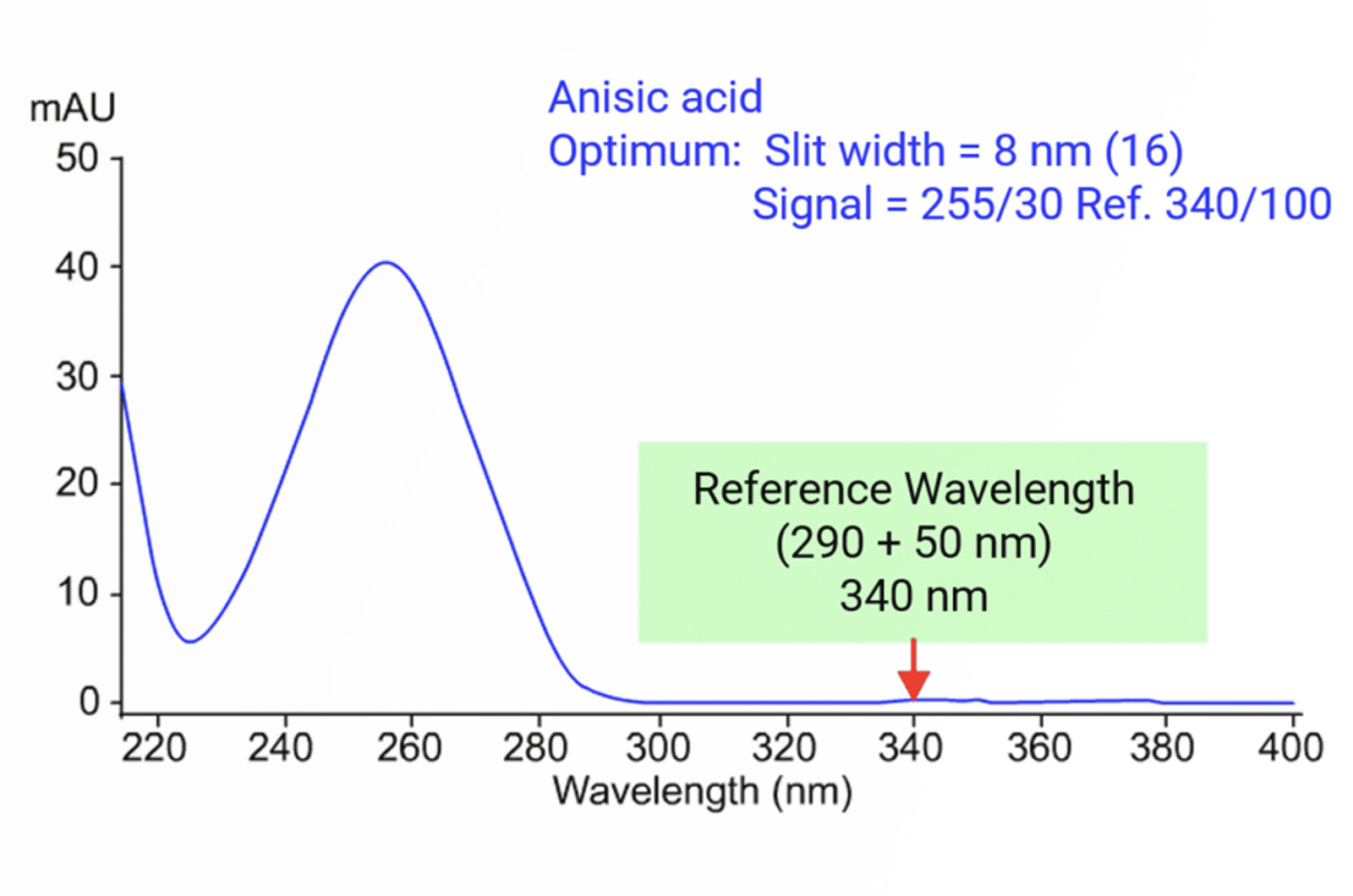
UV-Visible Detectors
The most commonly used detector for HPLC analysis is the UV-visible detector. The detector fulfills many of the criteria for an ideal detector. This module will detail the workings of UV-visible detectors, including variable wavelength and diode array detectors. Key detectors settings that should be optimized are fully detailed.
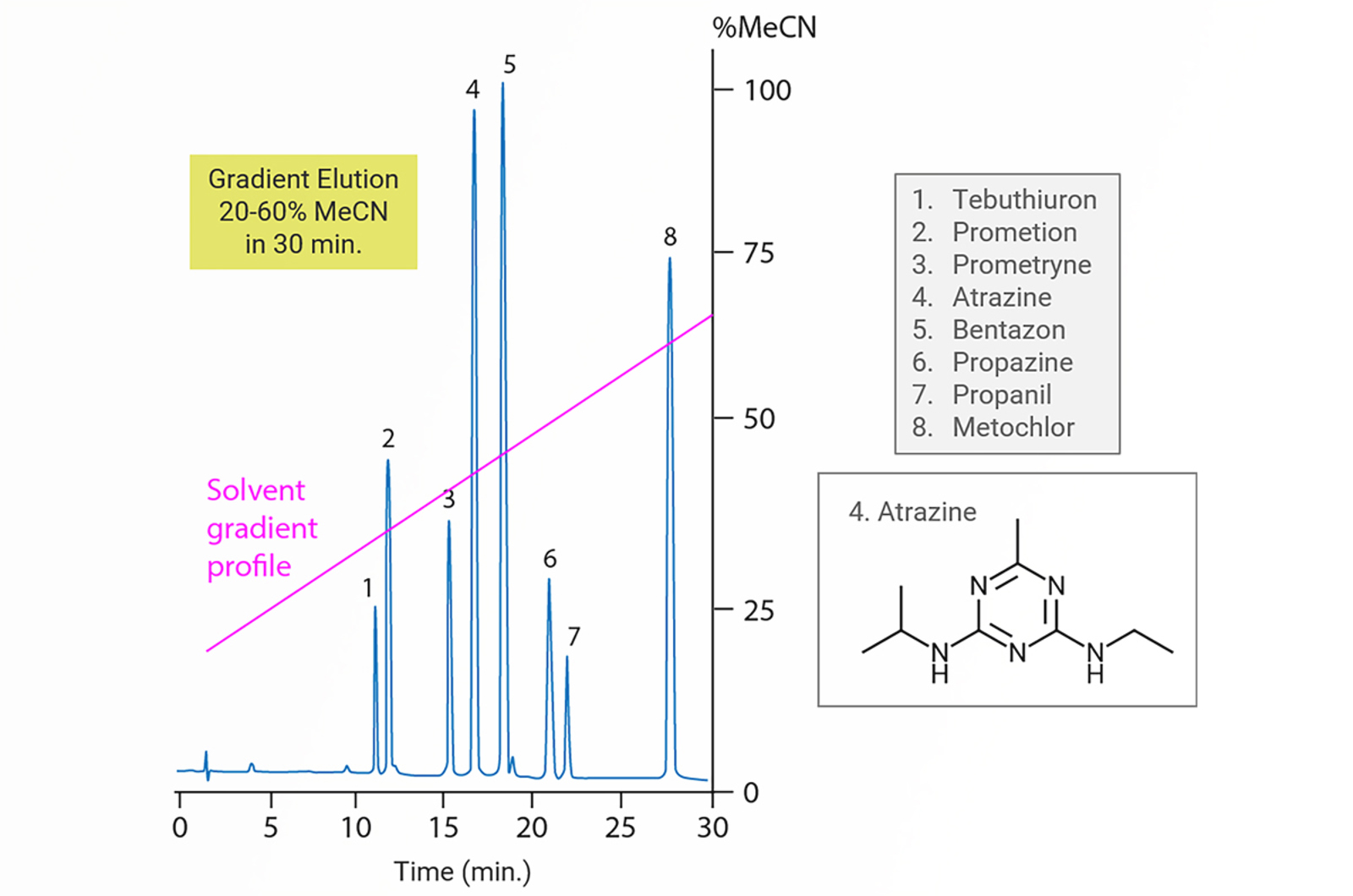
Gradient HPLC
The aim of this module is to explain the problems that can be encountered when using isocratic HPLC.
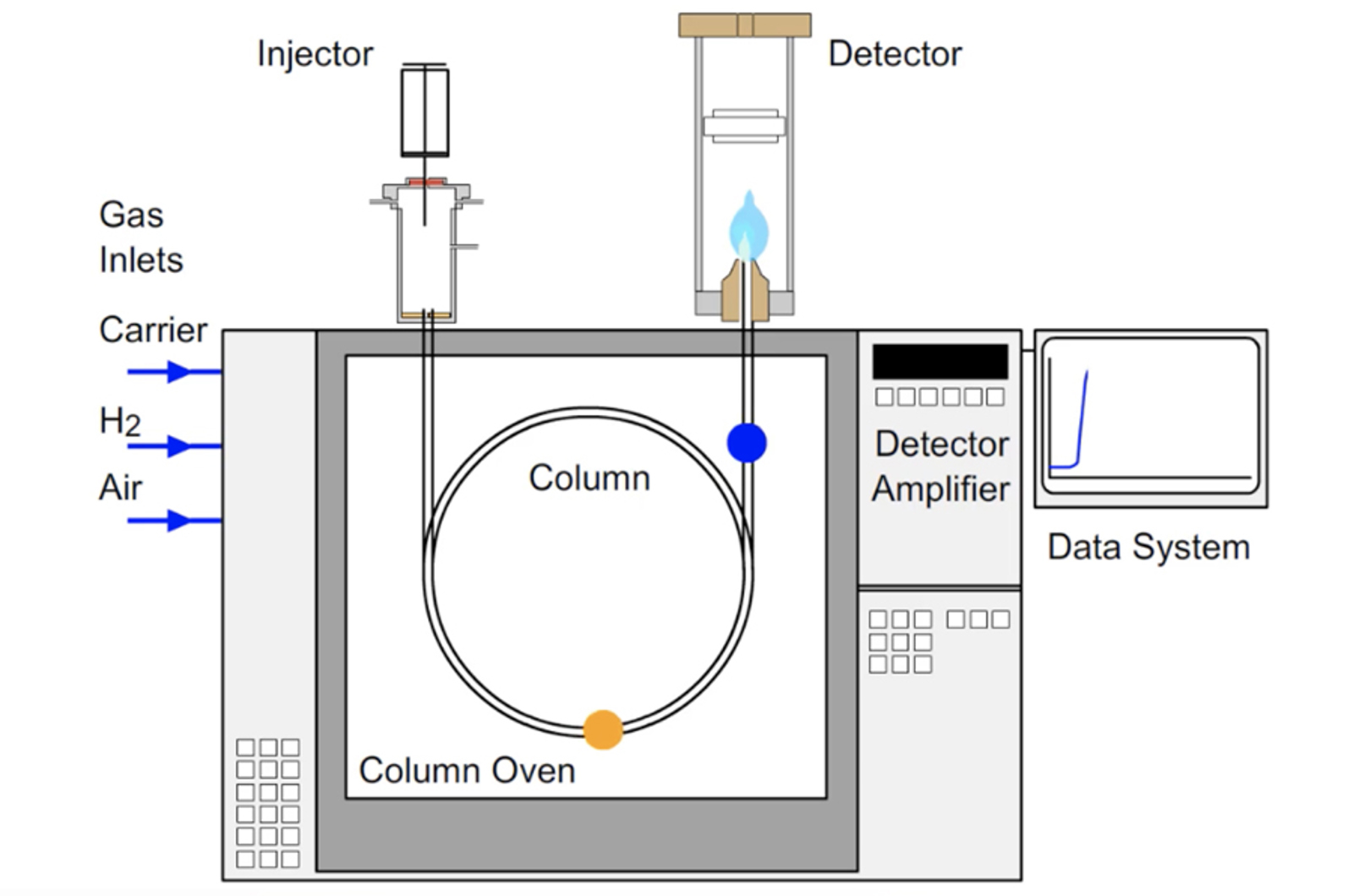
GC Introduction
This short module covers the history of gas chromatography (GC) and introduces the chromatographic process and the major components of a GC instrument. The technique is compared and contrasted with other analytical techniques such as high performance liquid chromatography (HPLC). The terms and appearance of a typical chromatogram are also explained. We will outline the fundamental basis for separation in GC, and indicate the major advantages of GC and the application areas in which it is used.
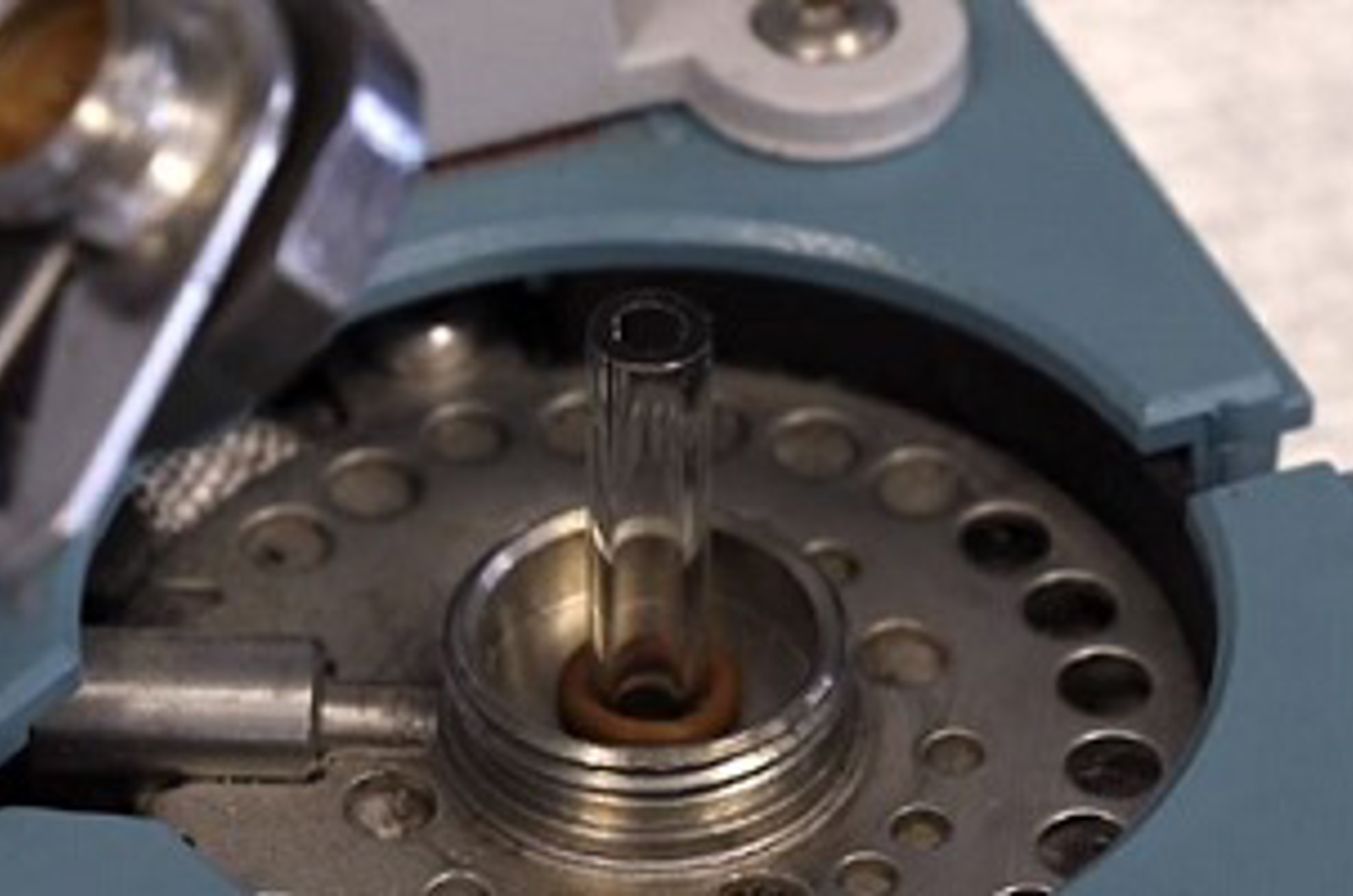
Practical GC Video Bootcamp
A step by step guide to setting up a GC instrument. From checking the cylinders, dismantling the inlet, to correctly installing a column and lighting an FID. All before shutting the instrument down correctly. This practical module uses video filmed on a GC instrument in the lab to ensure that you get the most realistic walk through of the instrument; allowing you to correctly setup your instrument every time to get the most from it and decrease down-time by avoiding common mistakes.
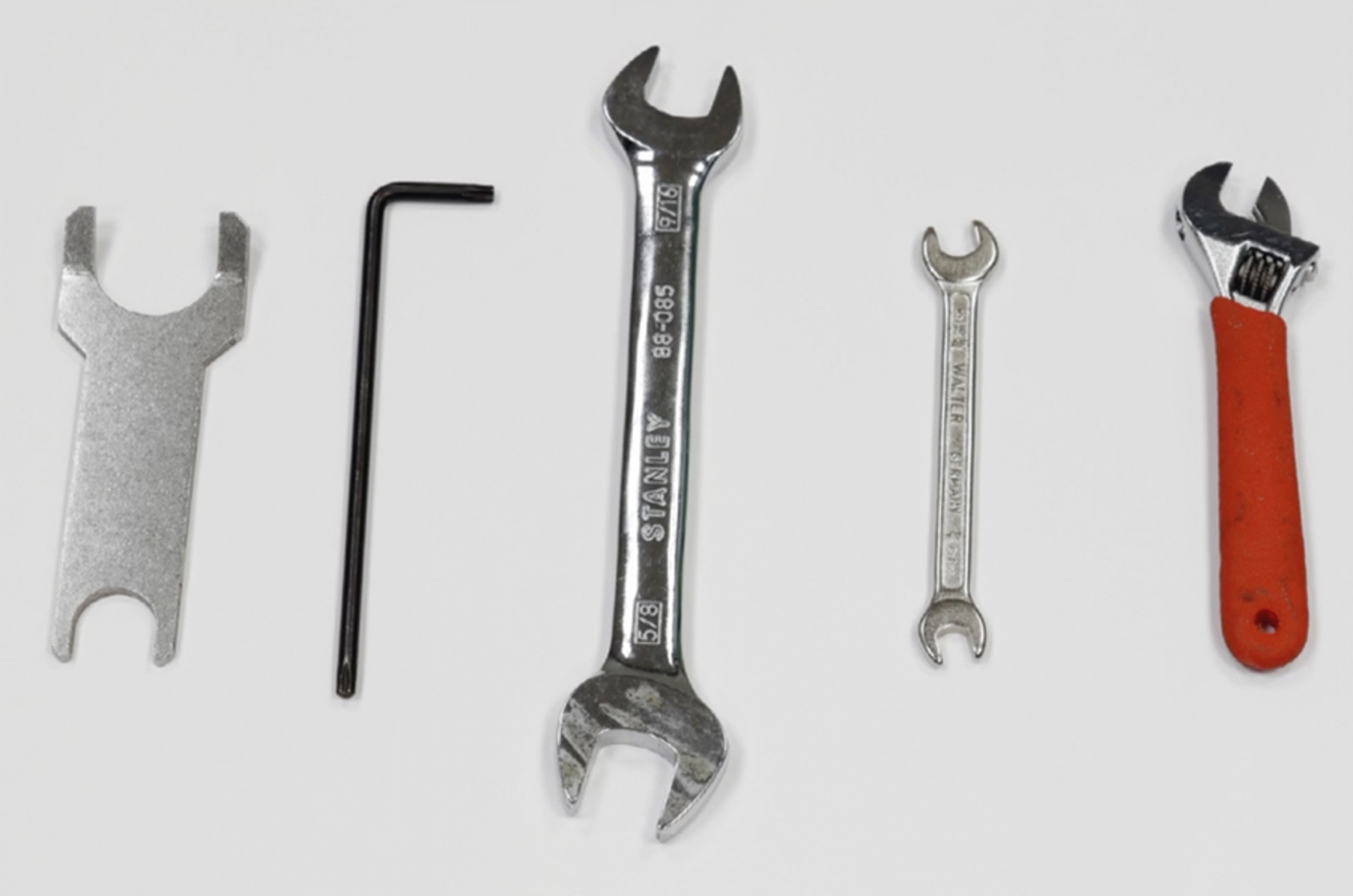
10 Must Know Tips for GC Inlet Maintenance
Prevention is better than cure. Avoid instrument down-time, reduce troubleshooting, and improve the data generated by your GC by following these eight tips for inlet maintenance. From the liner, to the gold seal, and everything in between we'll provide you with a maintenance schedule to follow and tips for carrying it out.
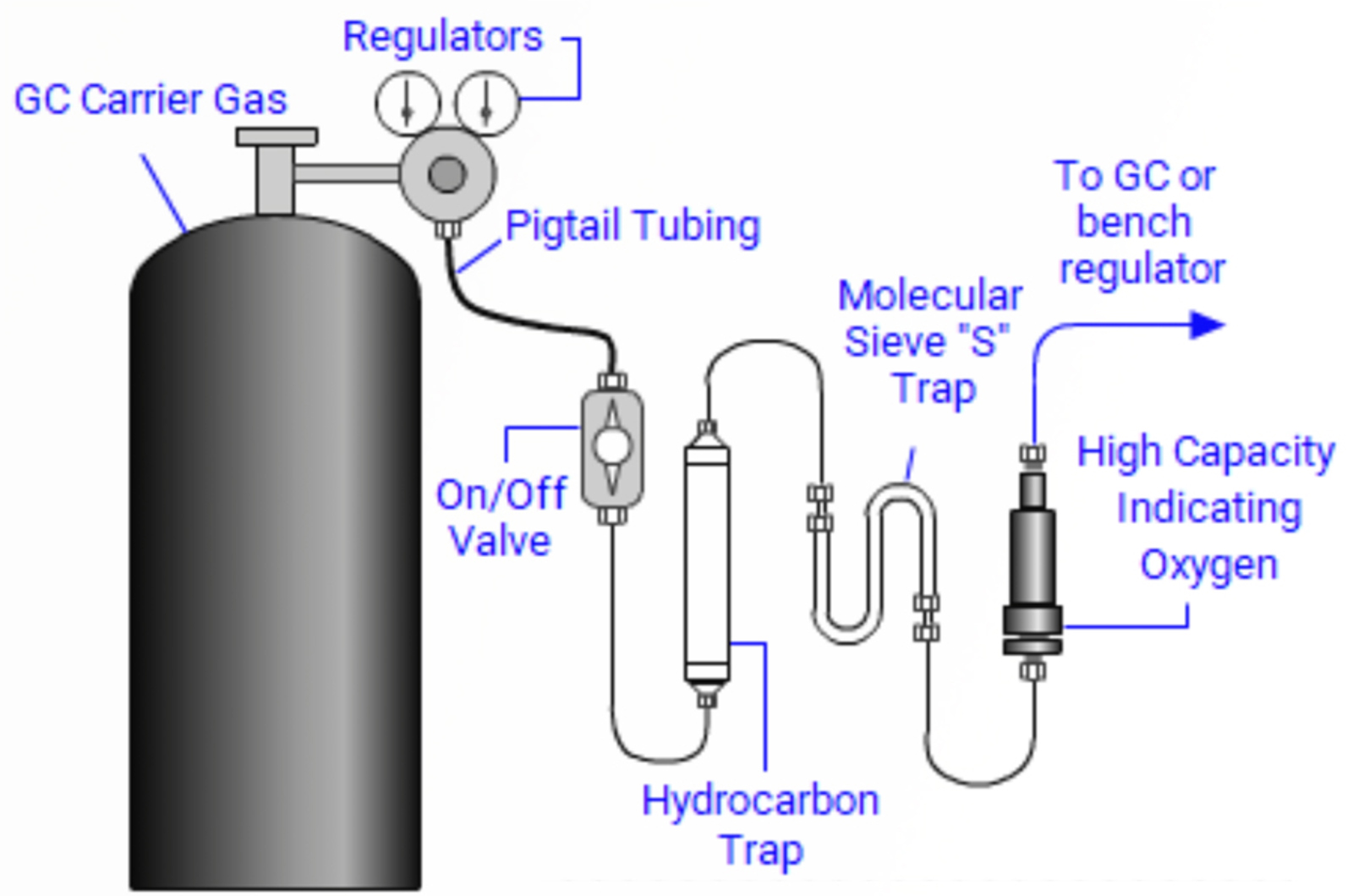
Gas Supply and Pressure Control
The aims of this module include outlining the nature and quality of the gases required for GC analysis, as well as highlighting the various methods for controlling gas pressure and cleanliness including troubleshooting strategies. The use of gas generators as a viable alternative to cylinders for GC gas supply will be discussed. The principles of manual and electronic pressure control for GC carrier, inlet, and detector gas regulation are described as well as the differences between constant pressure and constant flow experiments.
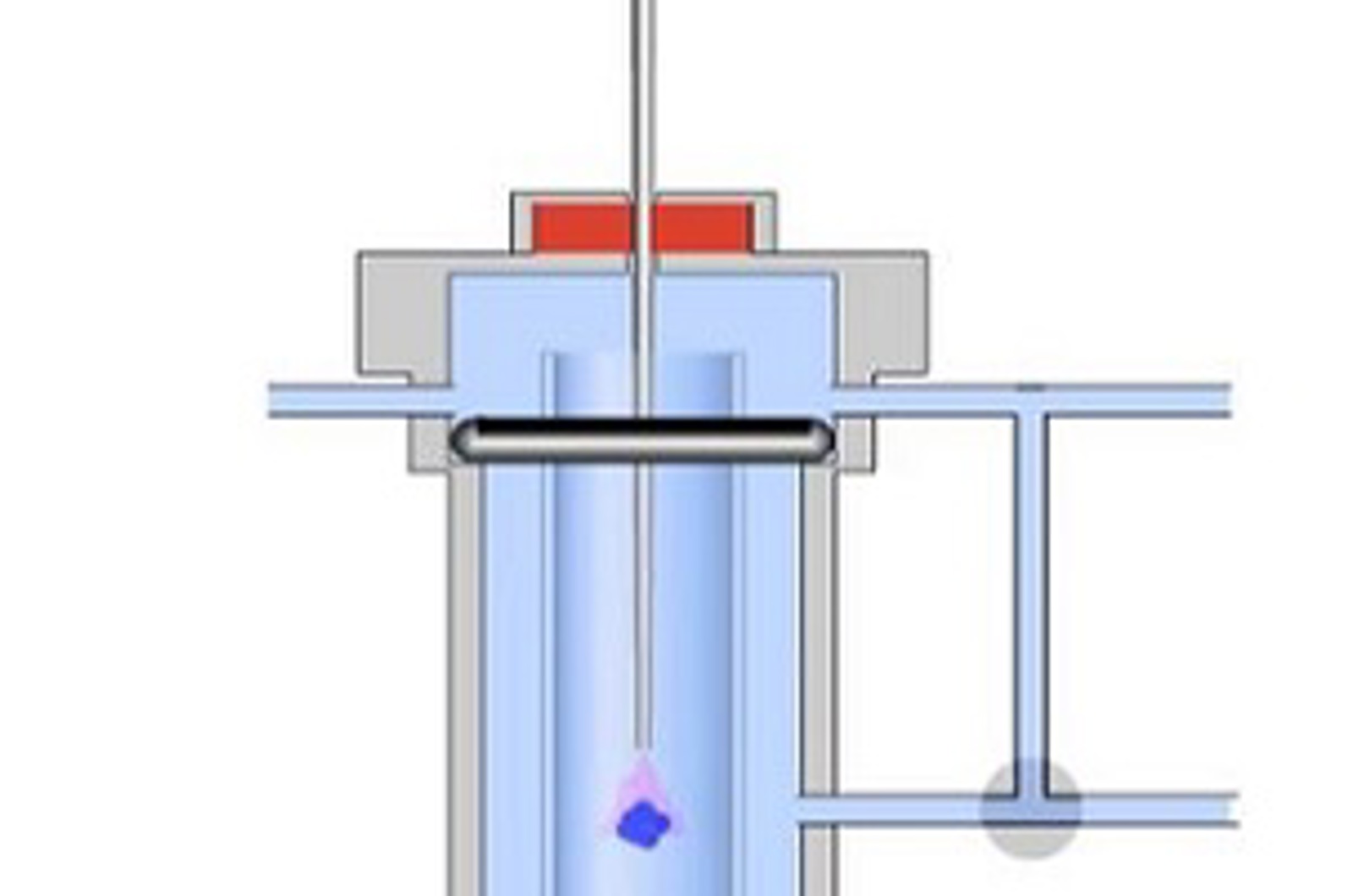
Split/Splitless Inlet
The most common inlet for capillary GC is known as the split/splitless inlet, which as the name suggests, can be operated in two modes, spilt or splitless. This module fully details the working principles of this inlet and the parameters that must be set for successful sample introduction. Common problems are also highlighted, ensuring you can troubleshoot or avoid them all together.
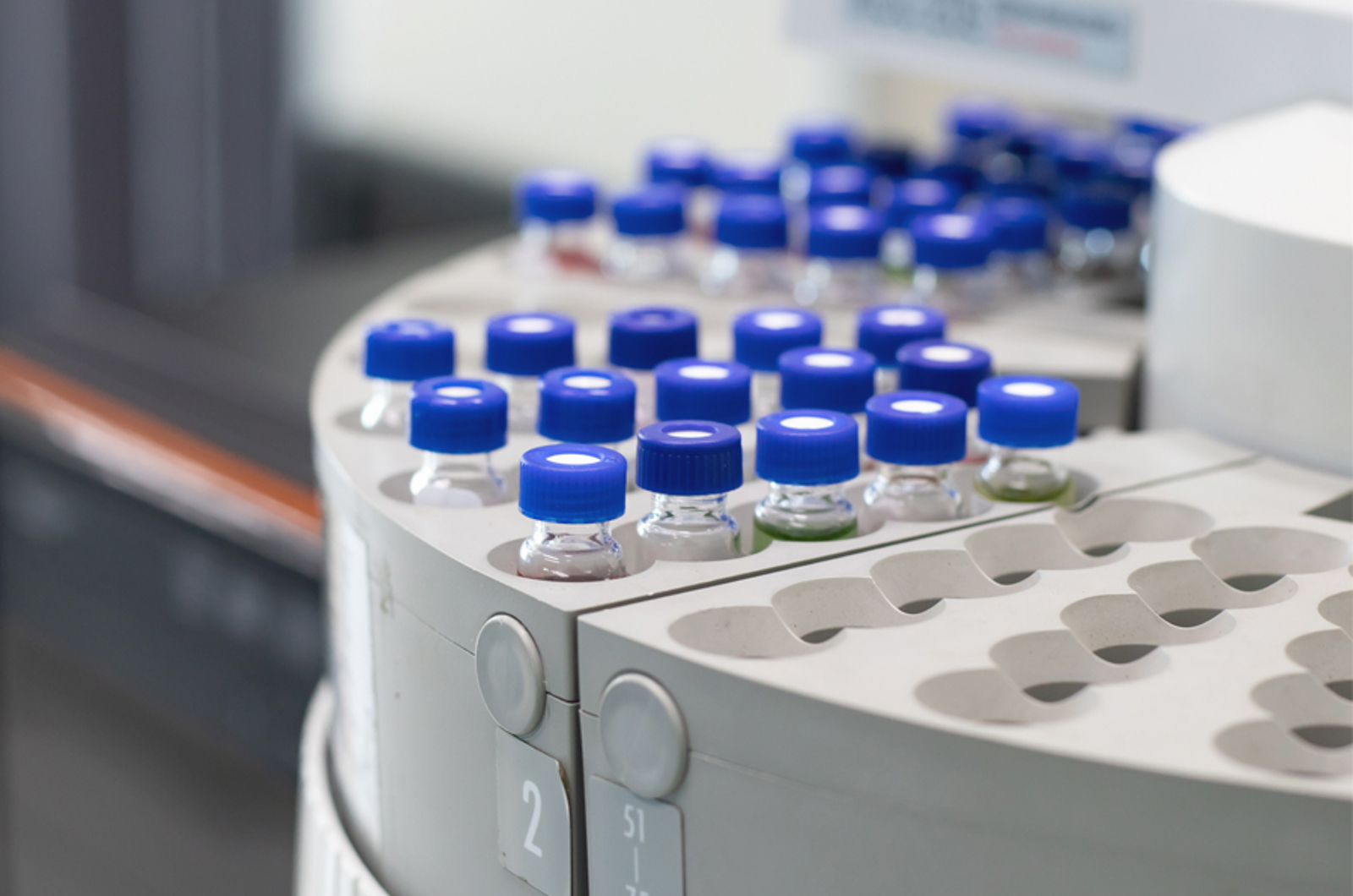
GC Autosampler Setup
Over four short videos we will look at how to correctly setup a GC autosampler. We will consider parameters that can be changed by the user, including the syringe and needle, needle wash routines, vials, injection speed, viscosity delay, and dwell time.
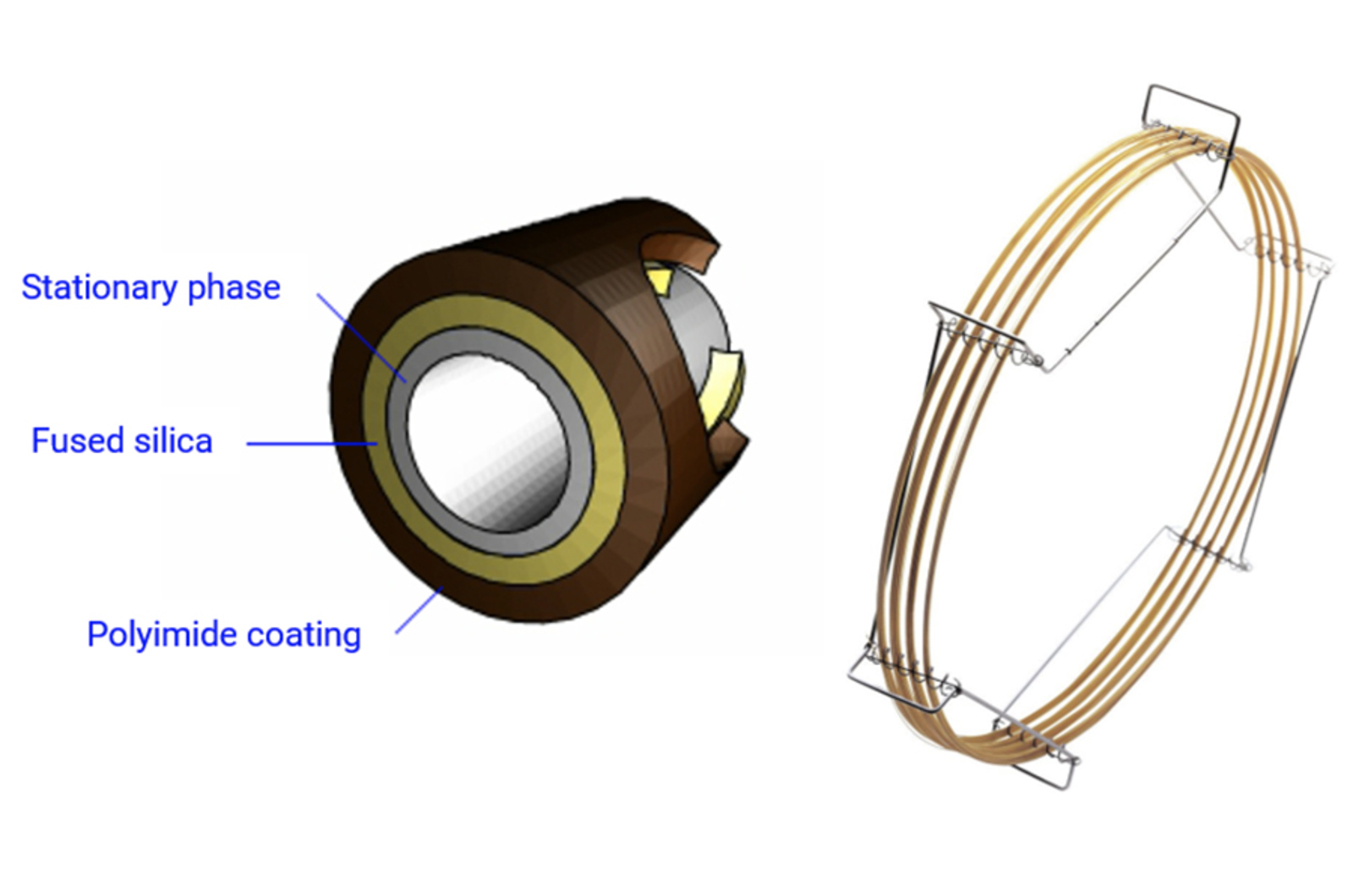
GC Columns
The aims of this module include the comparison and contrast of packed and capillary columns. A revision session of of fundamental intermolecular interactions is included in order to relate the various types of interaction to retention in GC. We will explore various stationary phase types and explain the critical factors in choosing a phase. The important physical parameters of capillary GC columns and their relationship with retention, resolution and efficiency in GC separations is investigated.
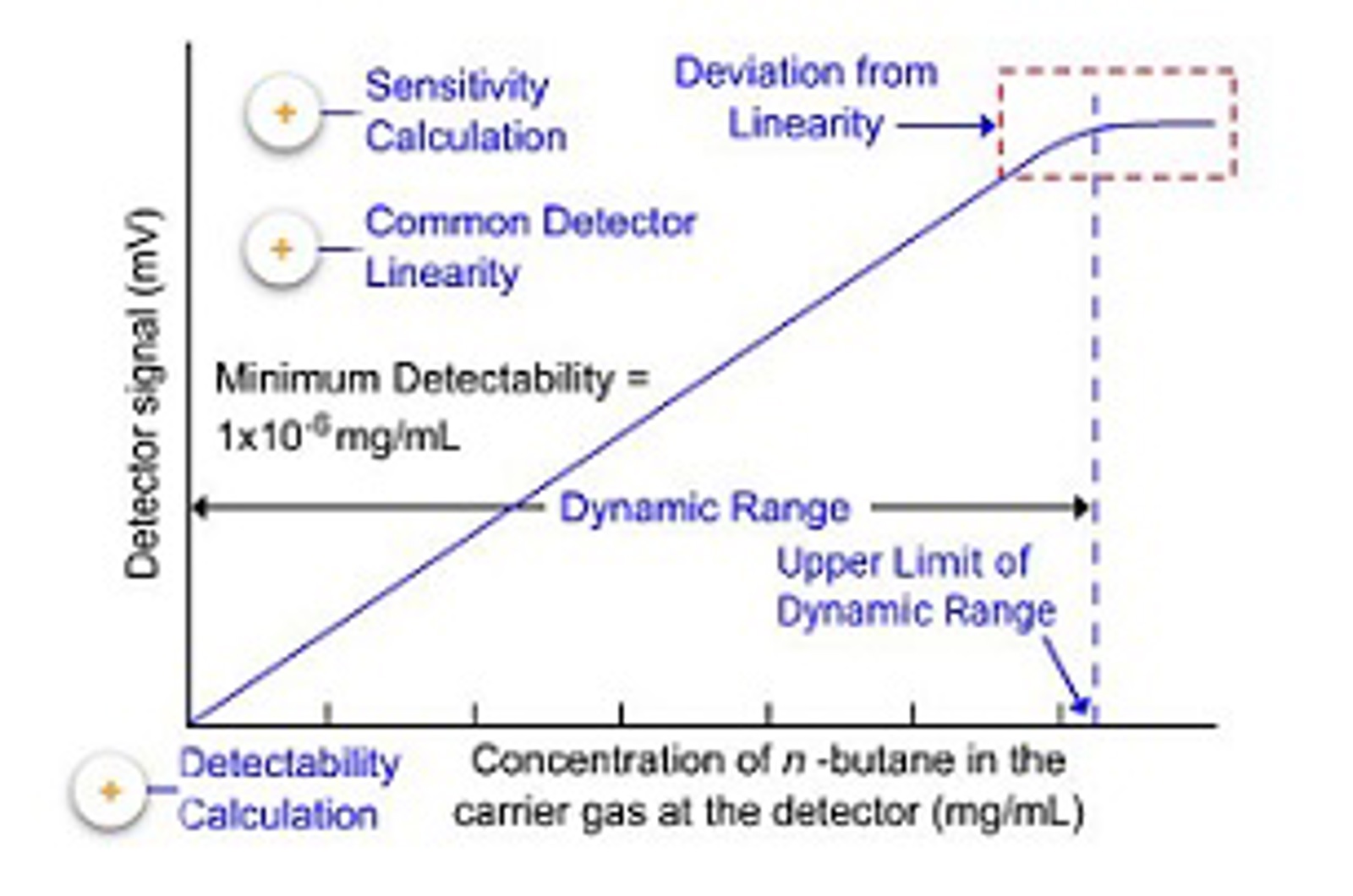
Introduction to GC Detectors
This module will provide a brief overview of GC detectors, their function, and the main characteristics that are important when considering a GC detector; such as, sensitivity, linearity, noise, and minimum detectability.
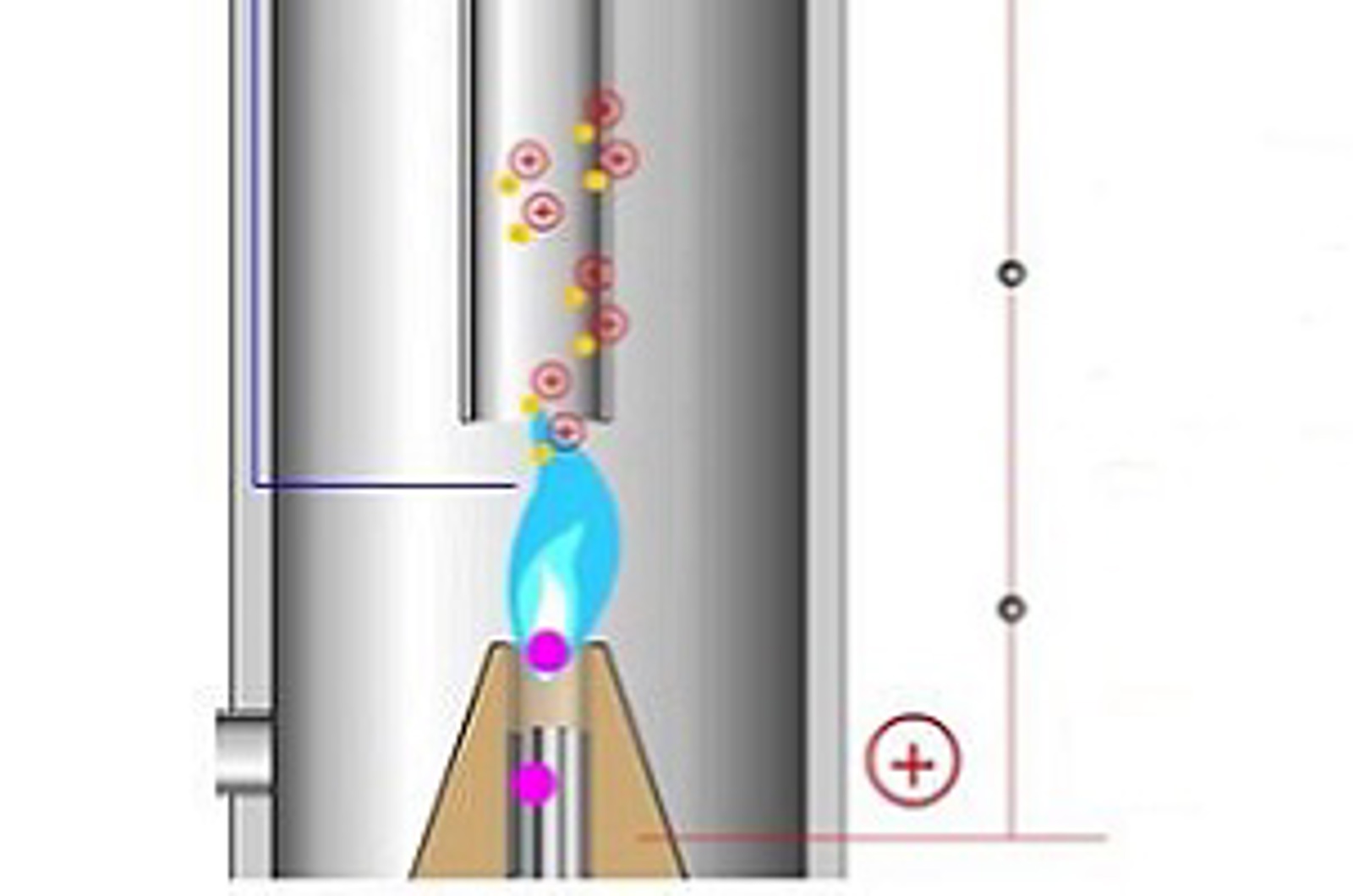
Flame Ionization Detector (FID)
This module comprehensively details the working principles of this detector, giving you the knowledge and understanding to operate and optimize the detector for your analyses.
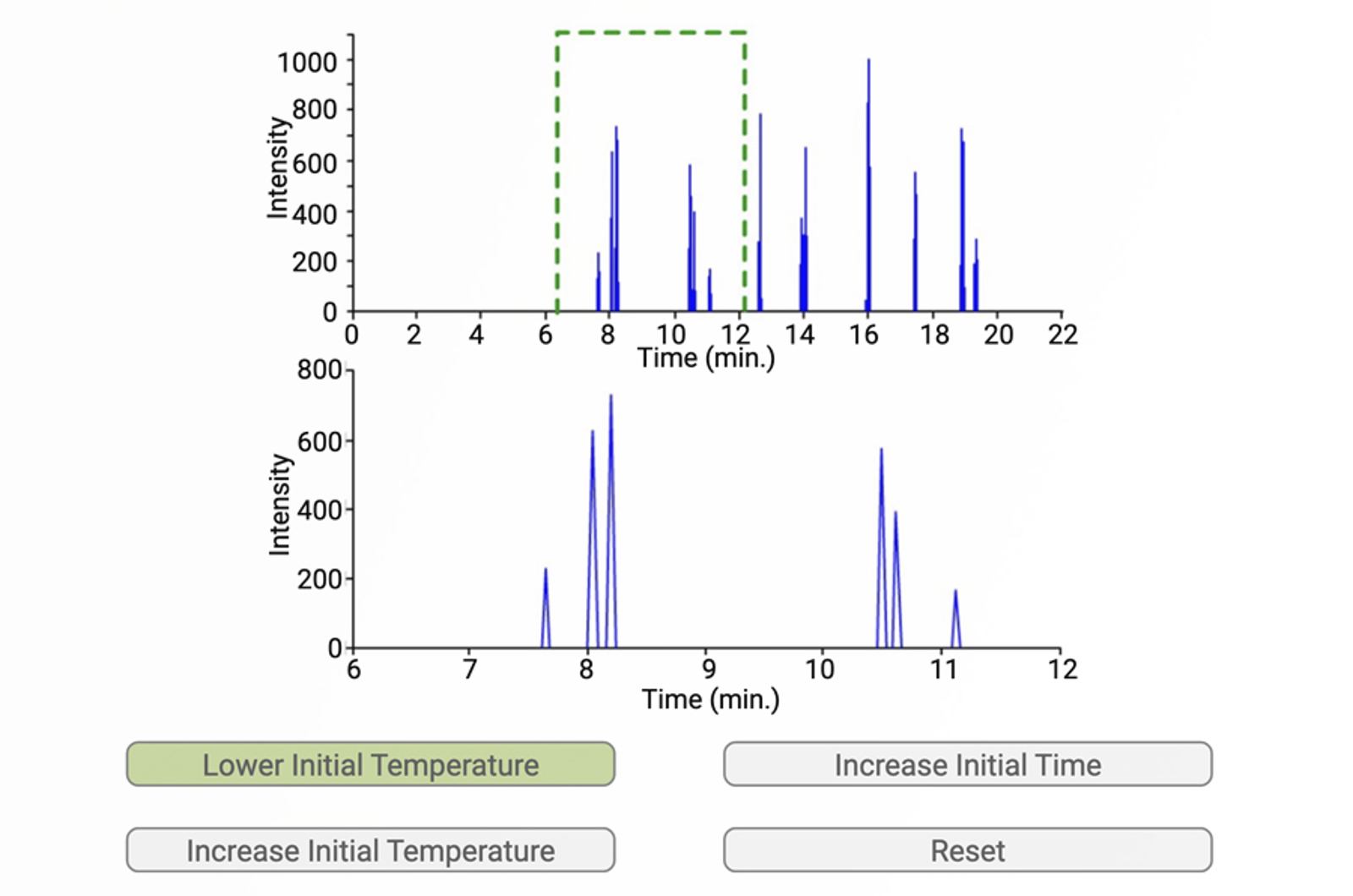
GC Temperature Programming
The aims of this module include illustrating the relationship between temperature and retention in GC.

Batch Integration
Learn how to carry out batch integration with a generic approach that can be applied to your data.
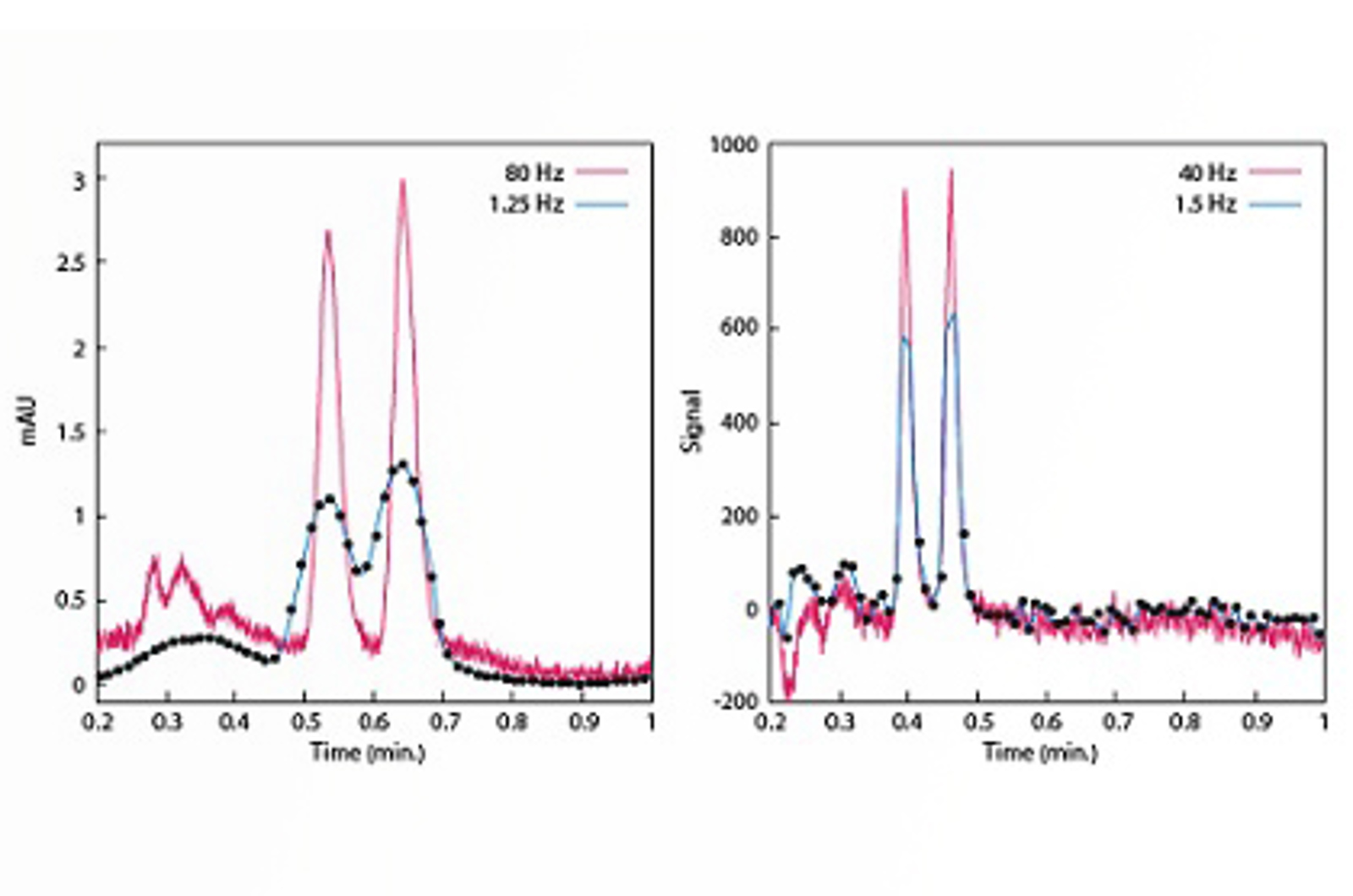
The What, When, and How of Peak Integration: Part I. What
This quick guide will define what chromatographic peak integration is and the primary chromatography data system (CDS) settings which are required.

